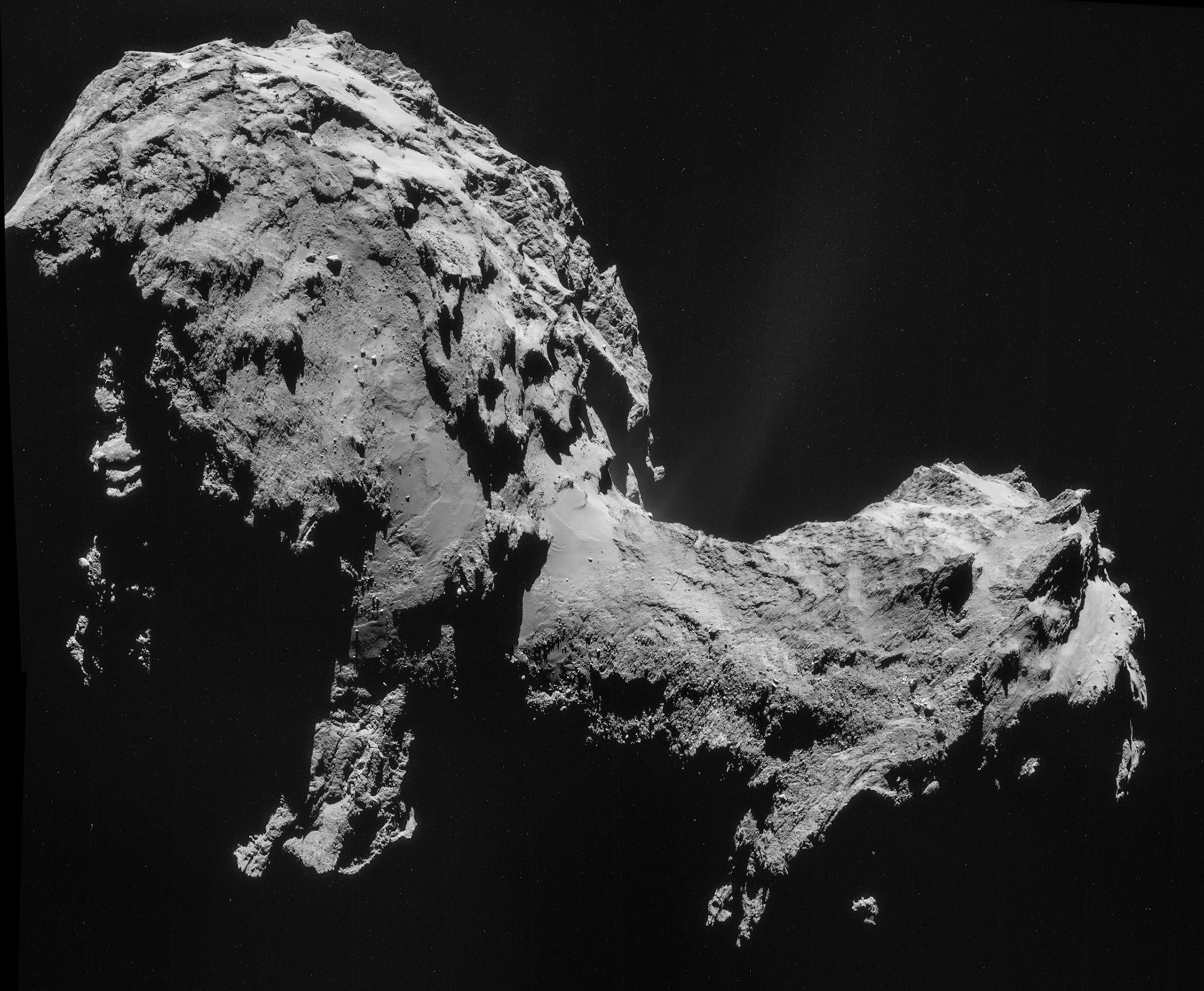

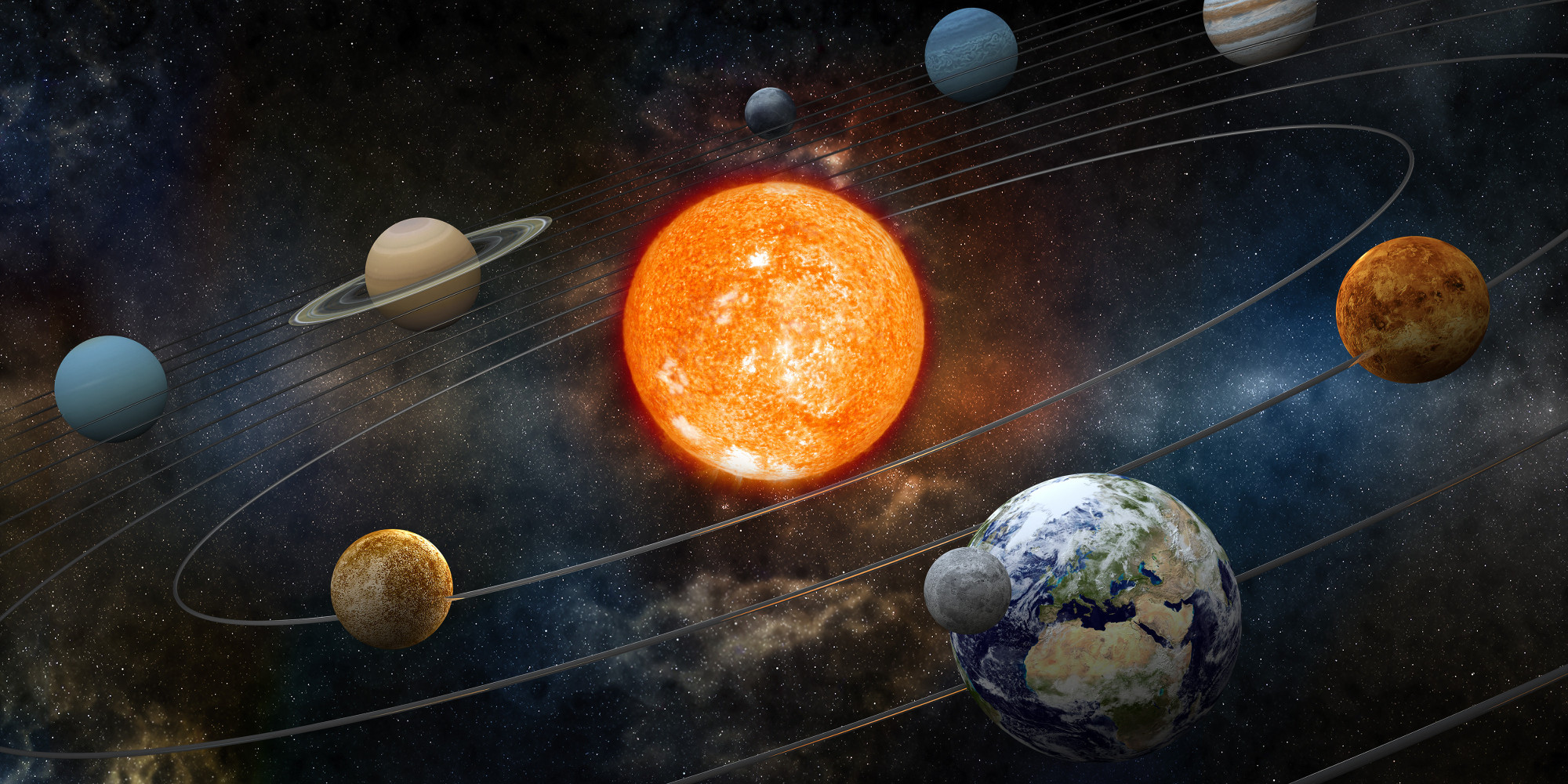
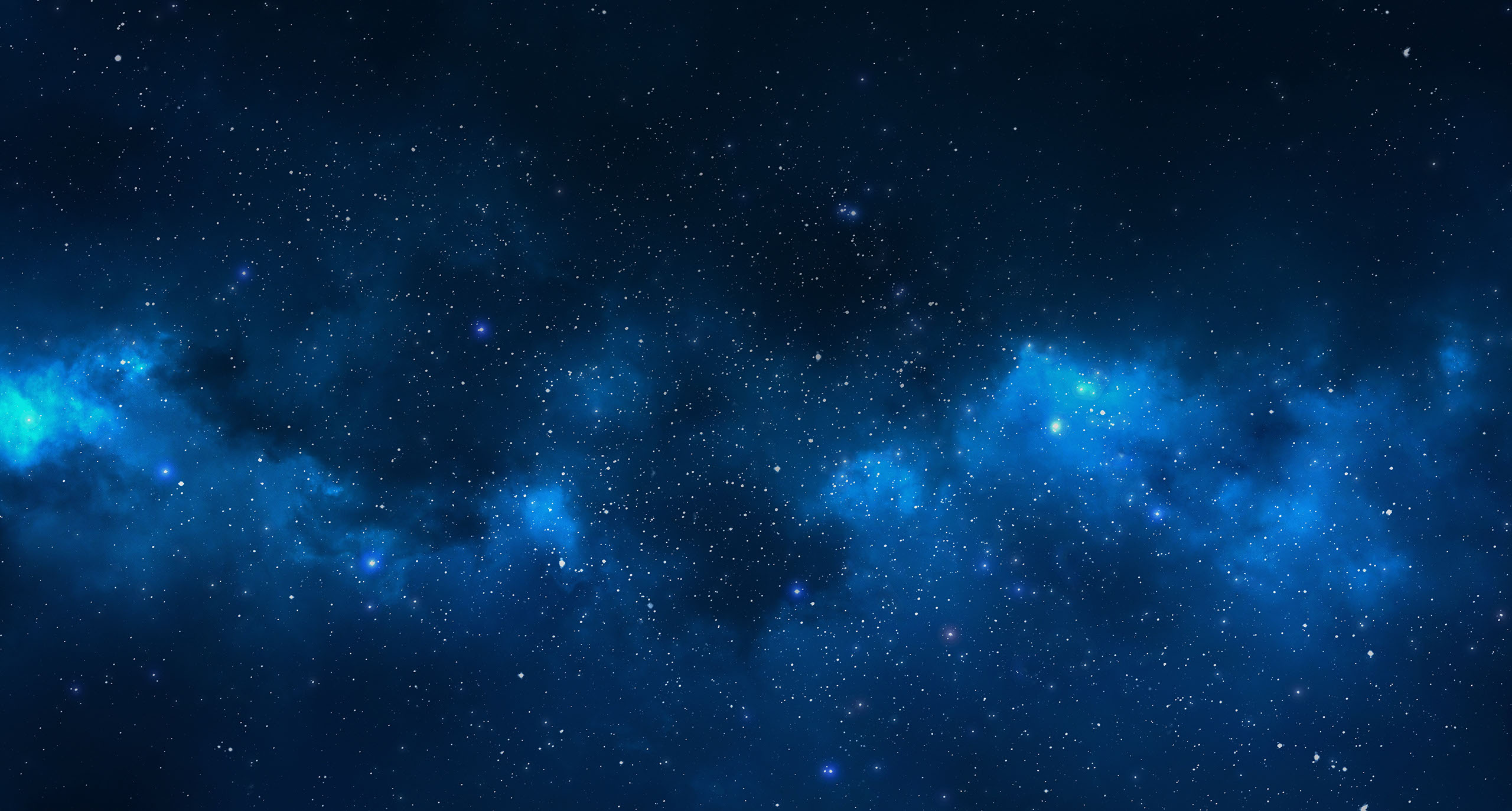
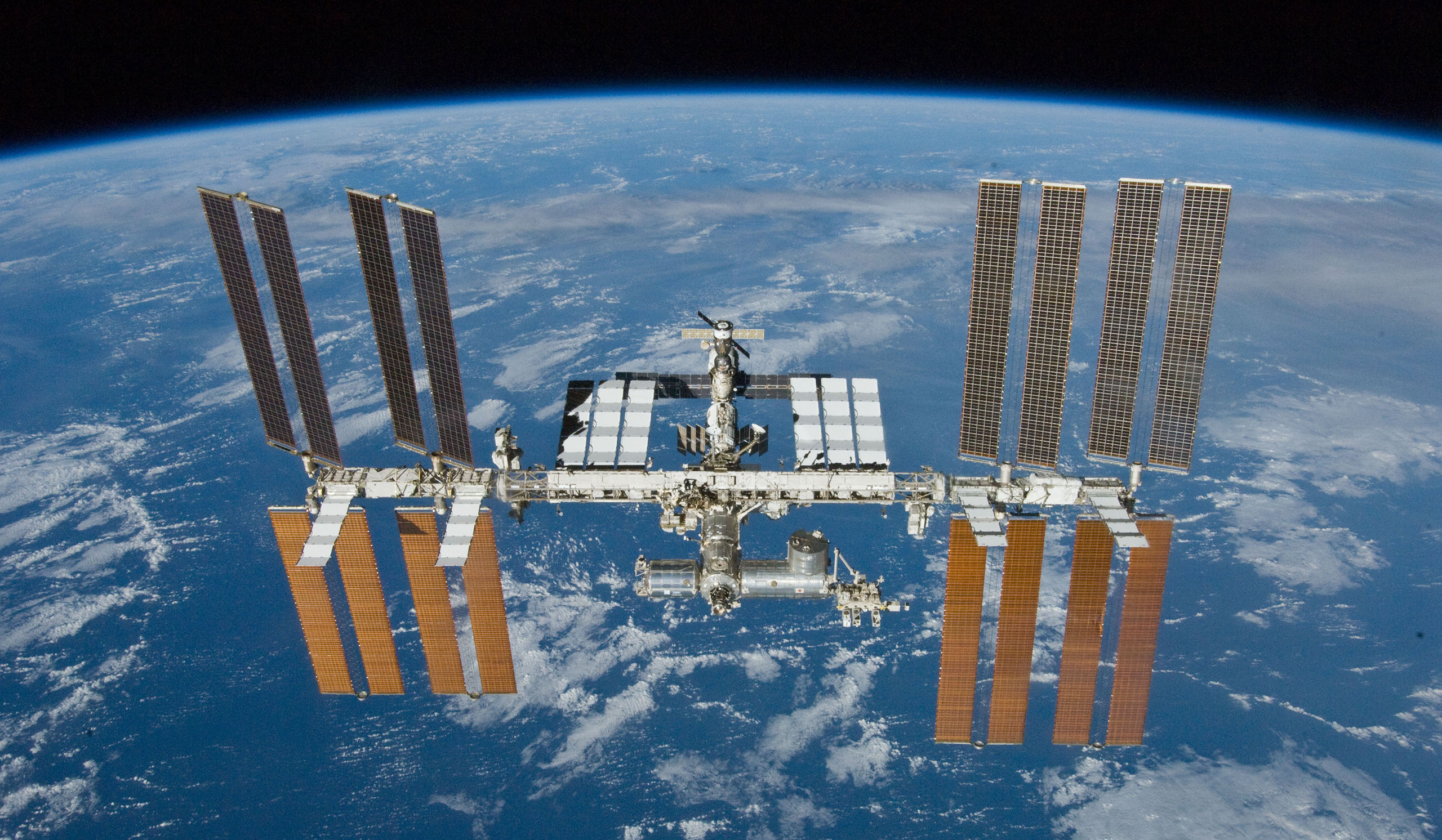
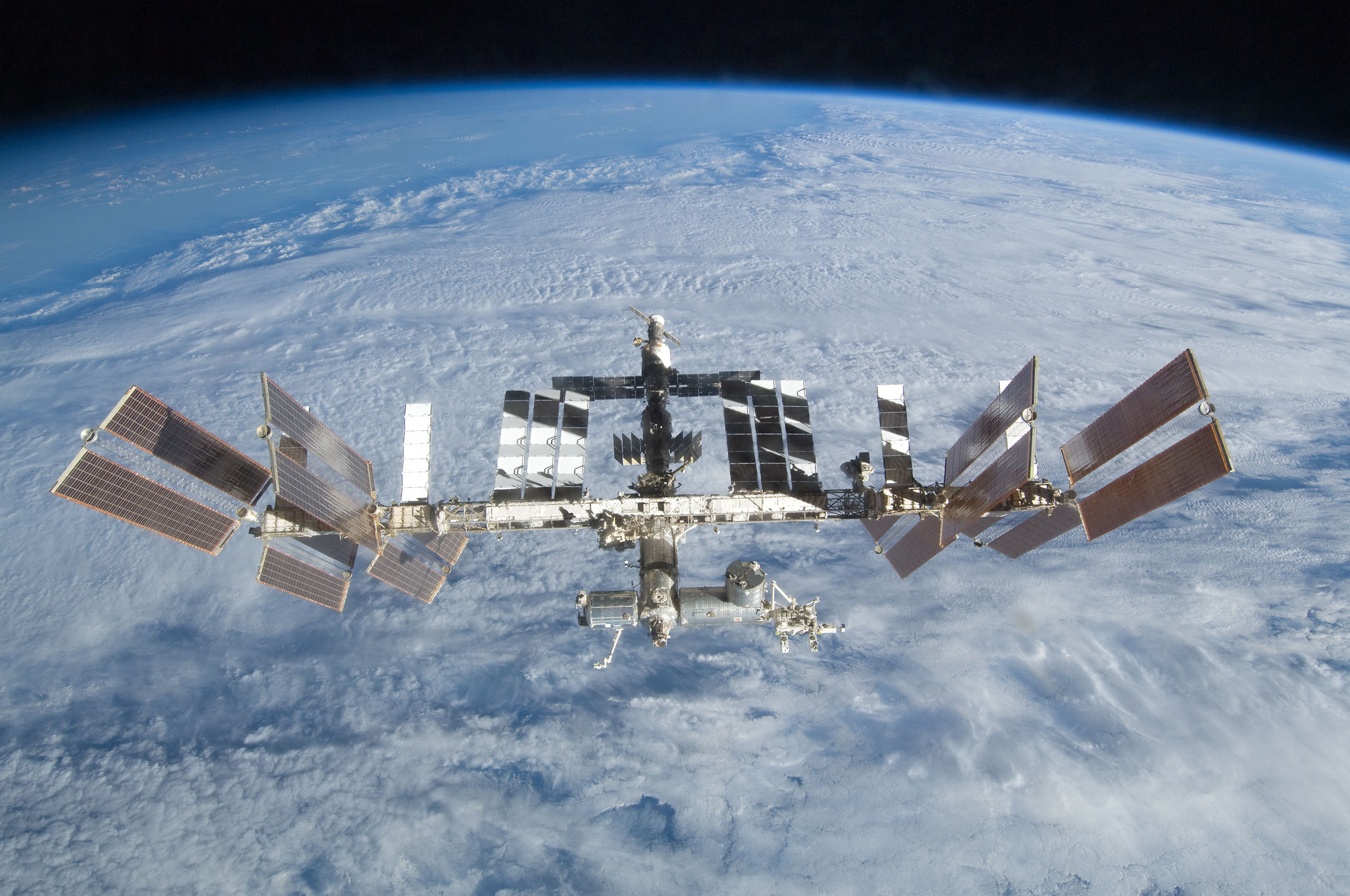
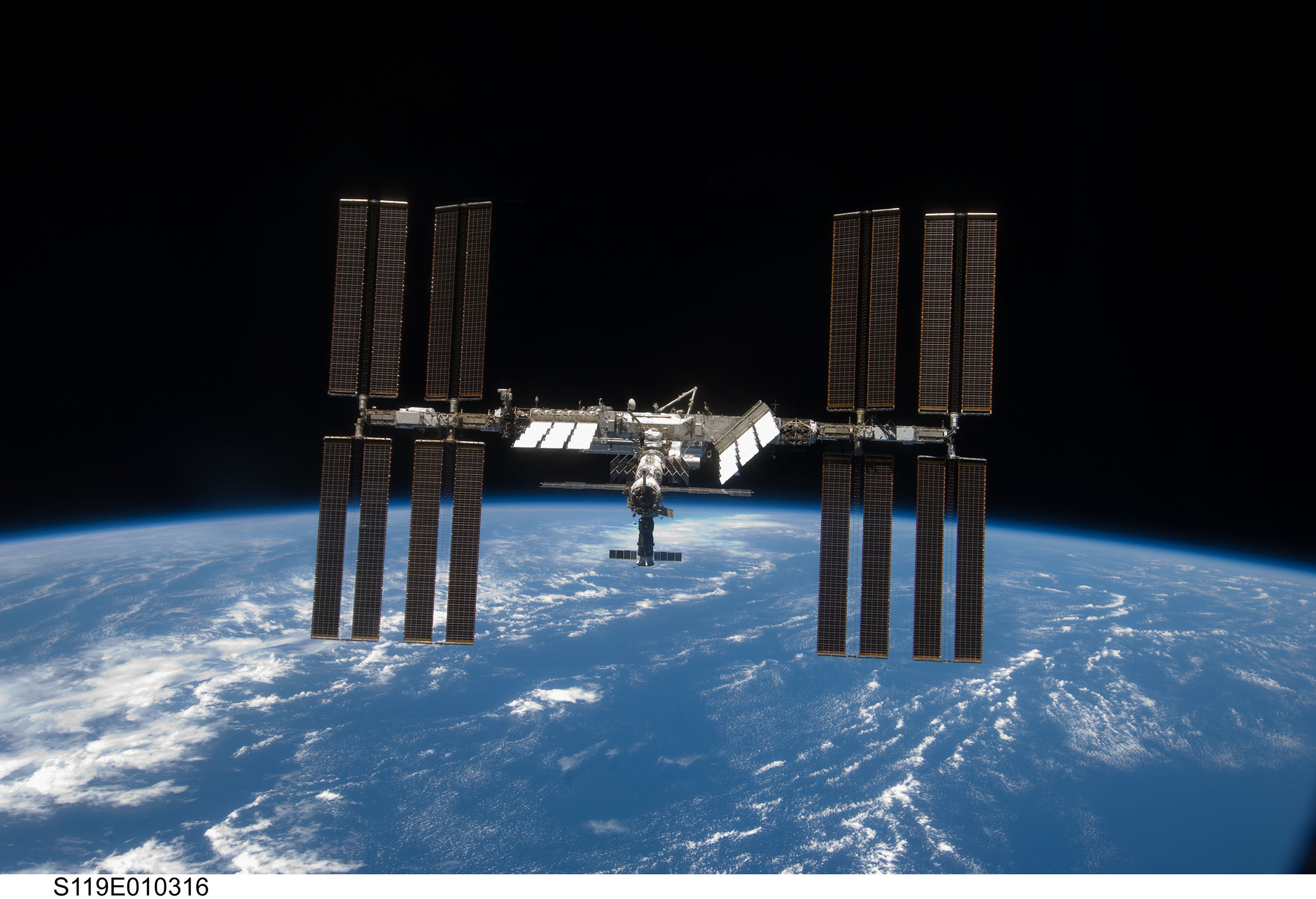
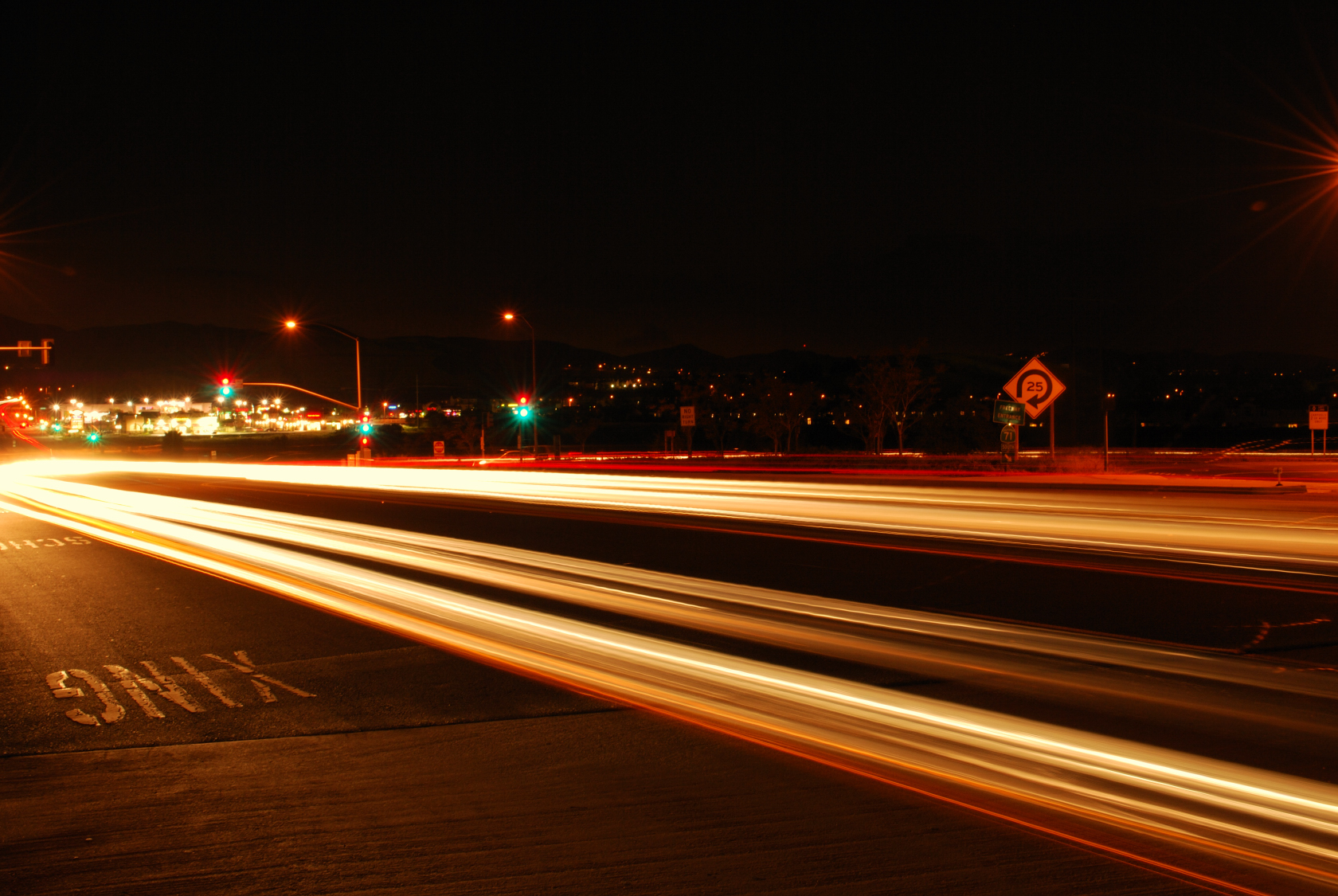
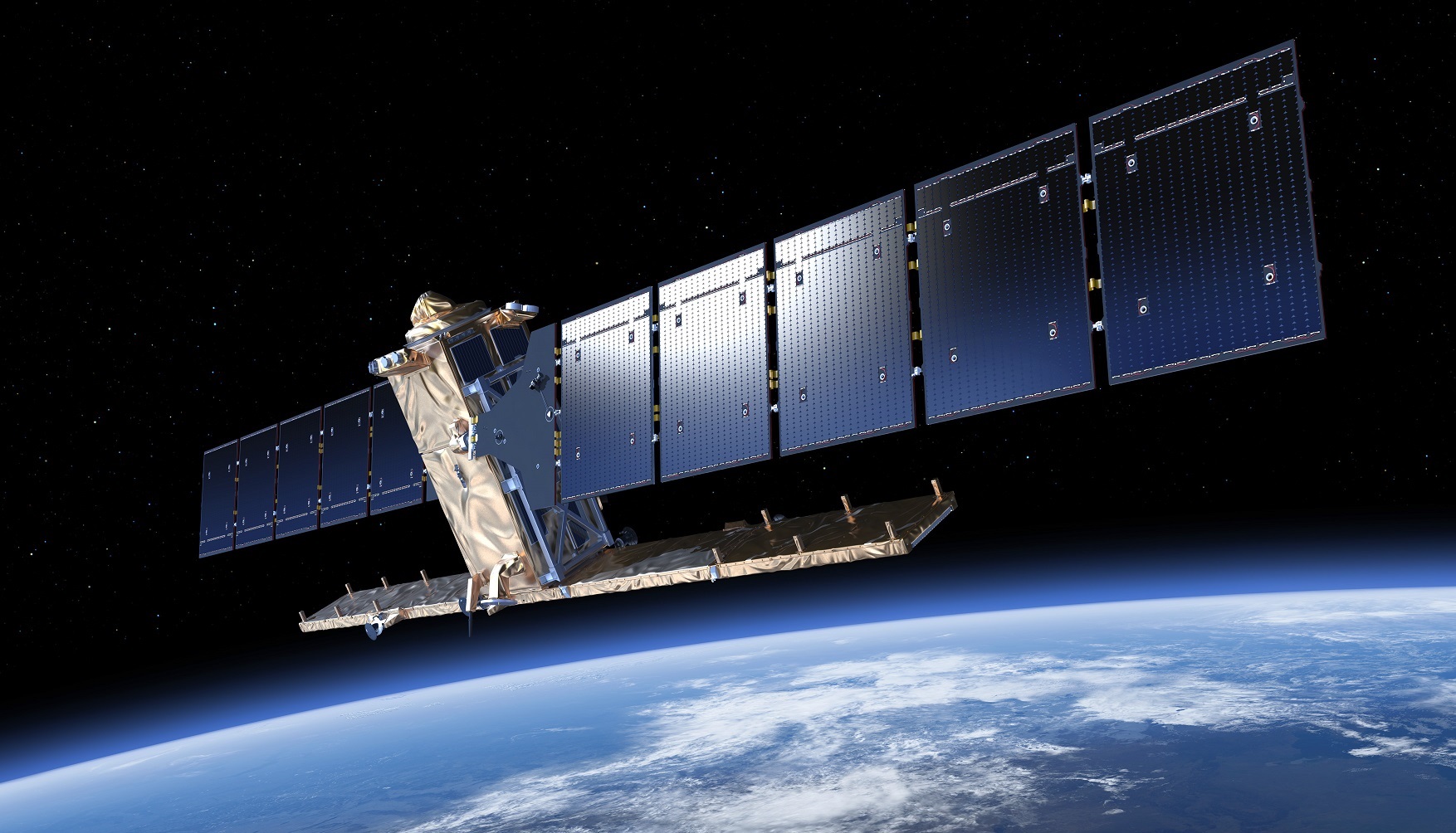
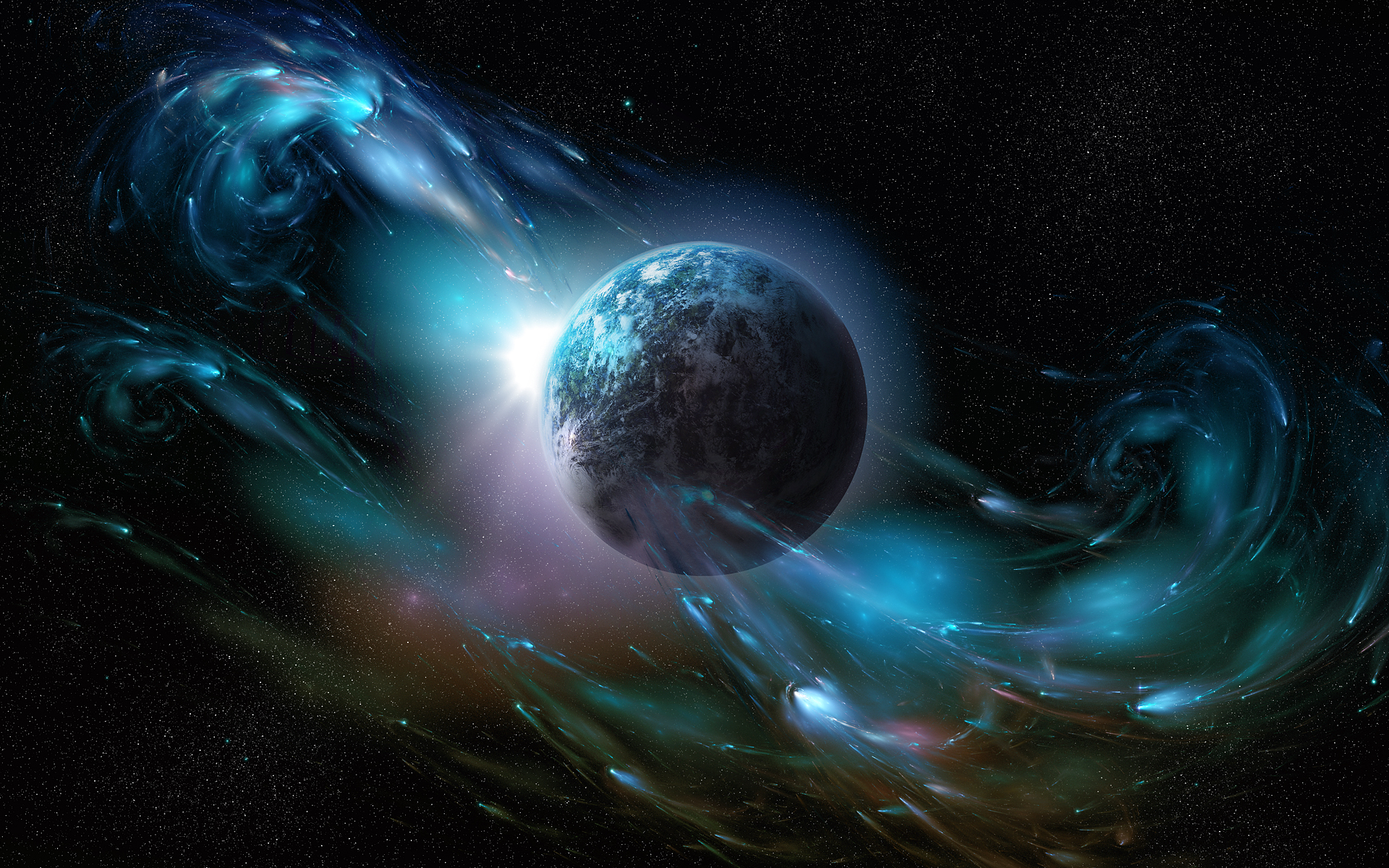
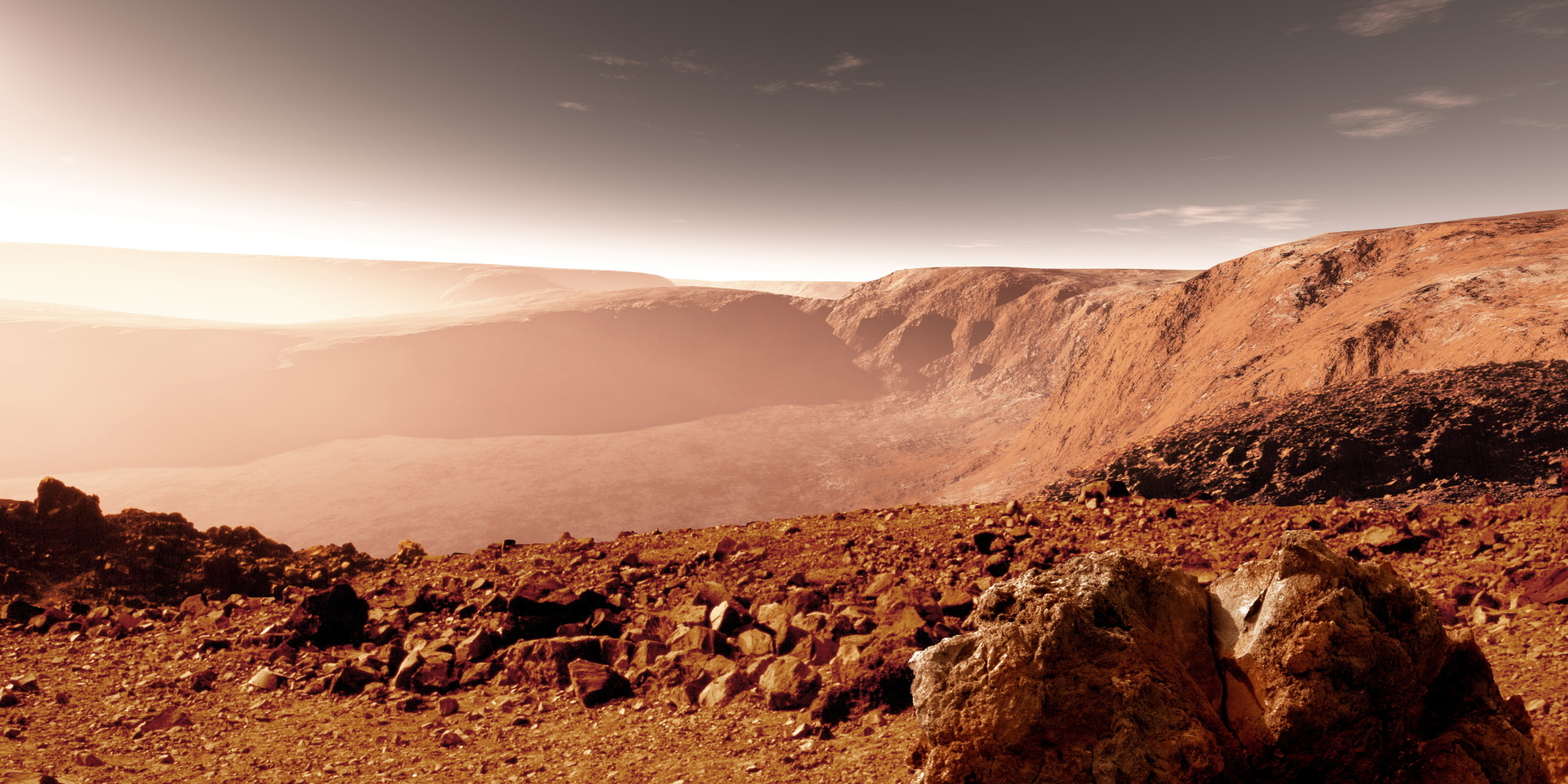
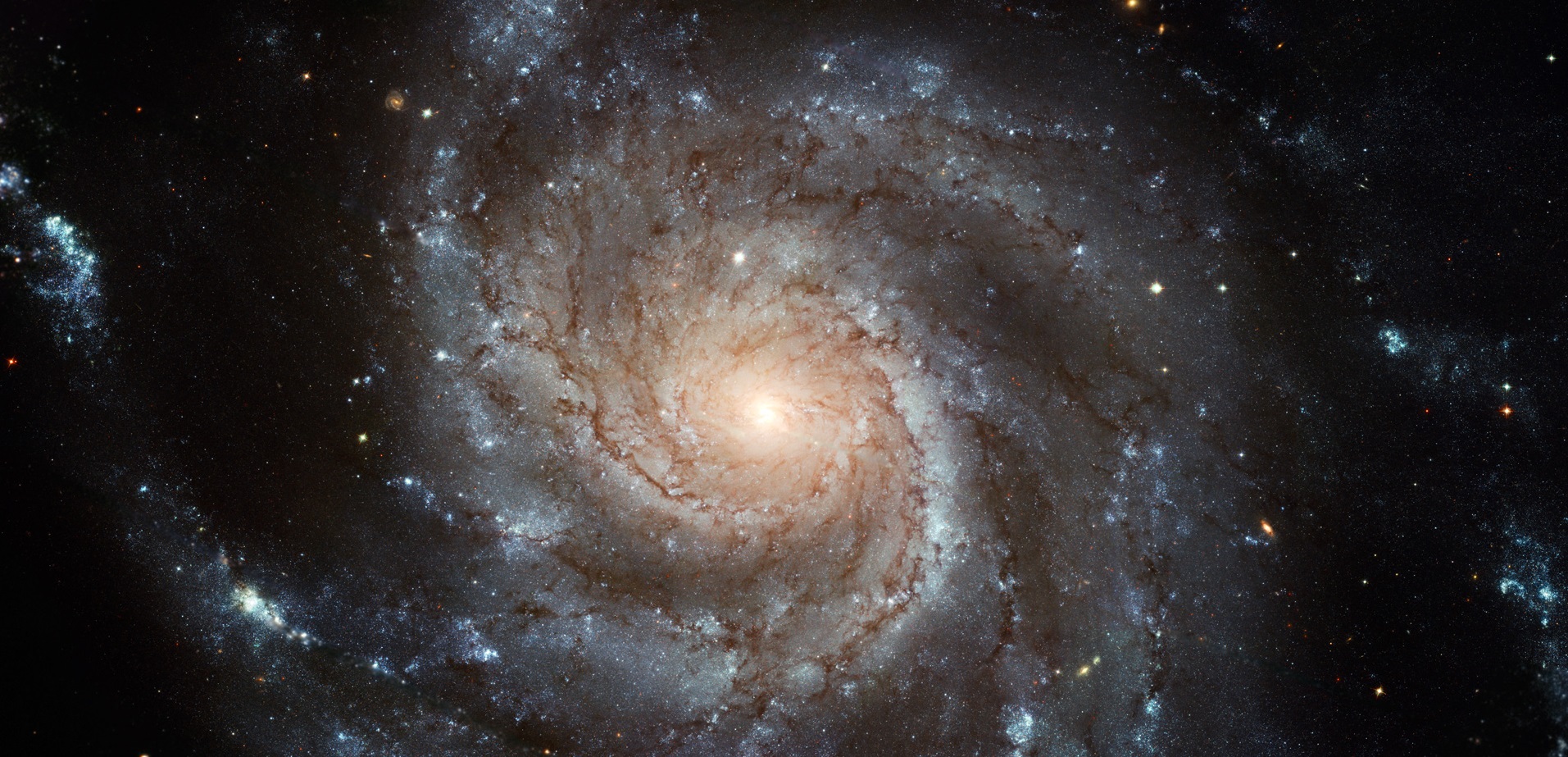

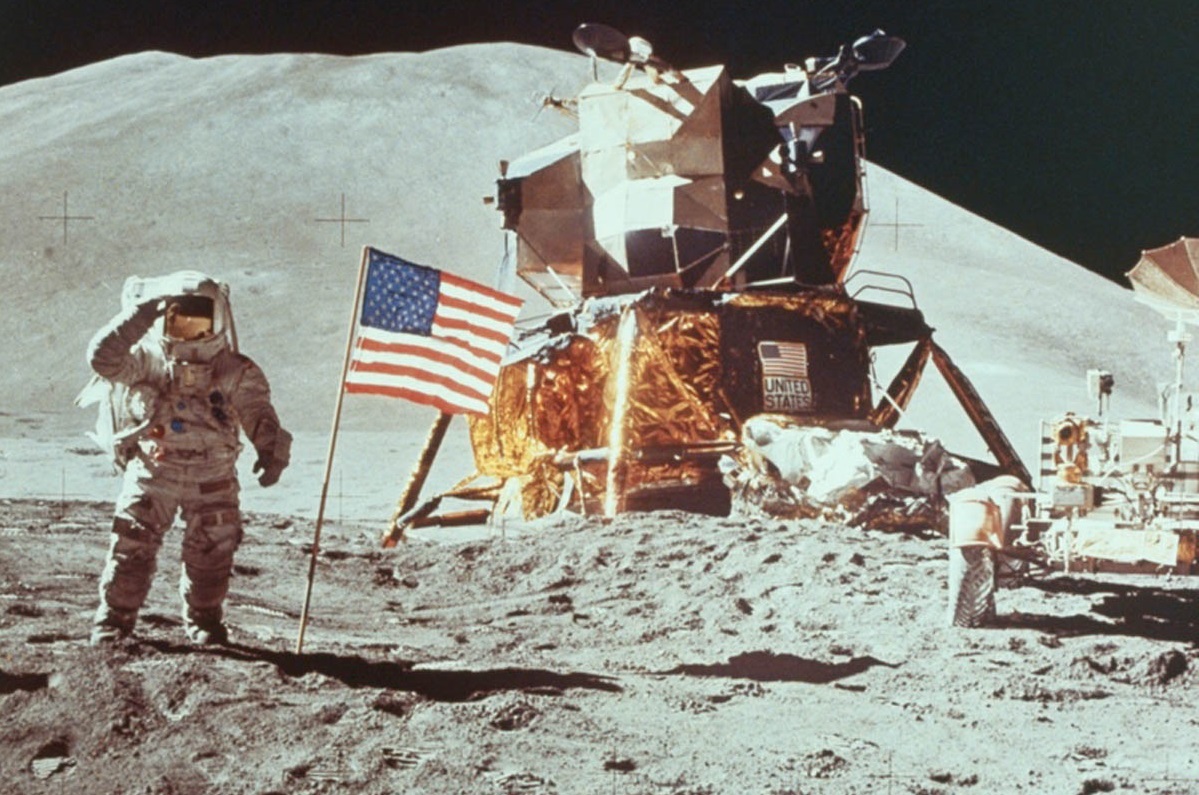
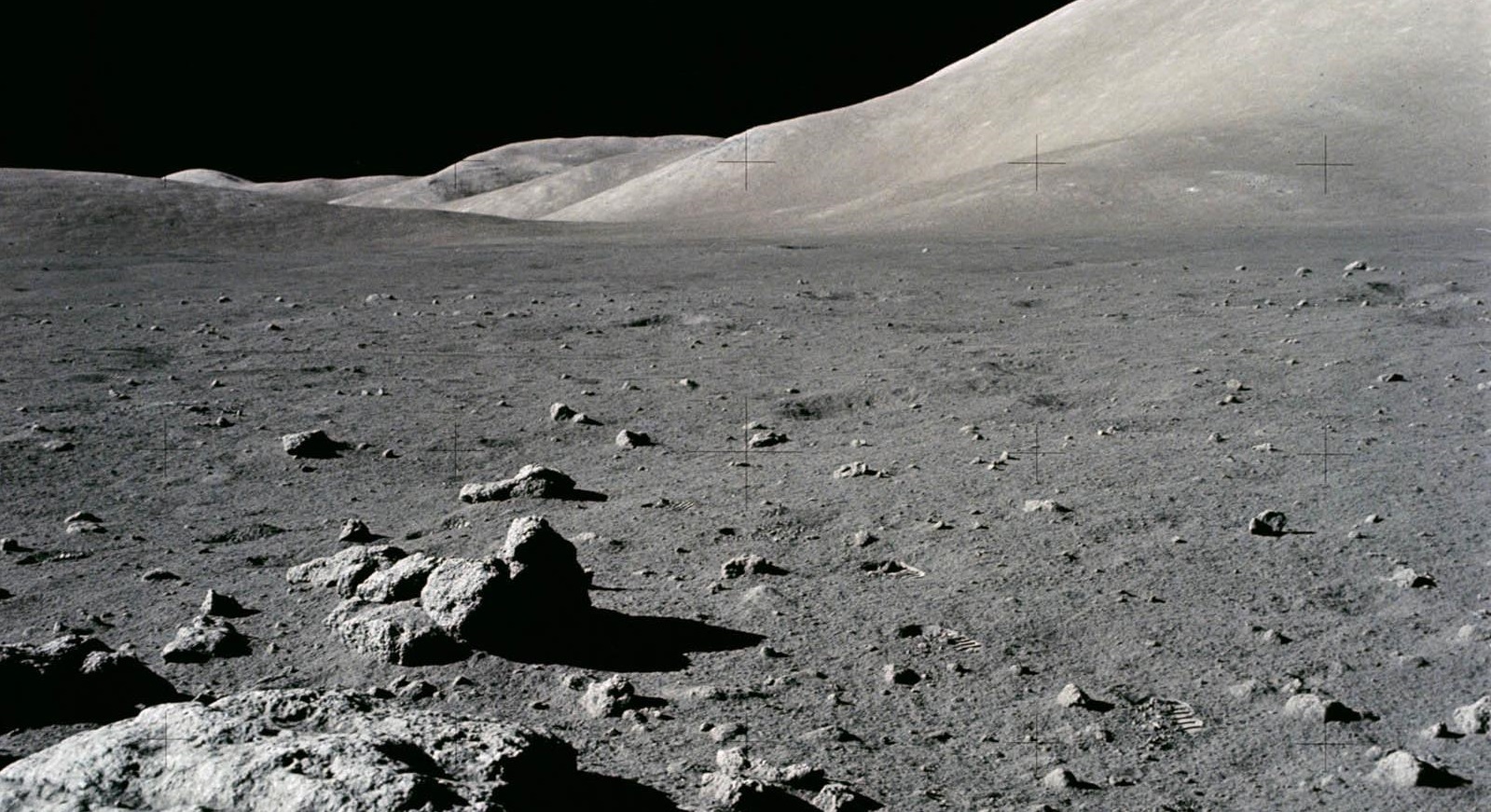
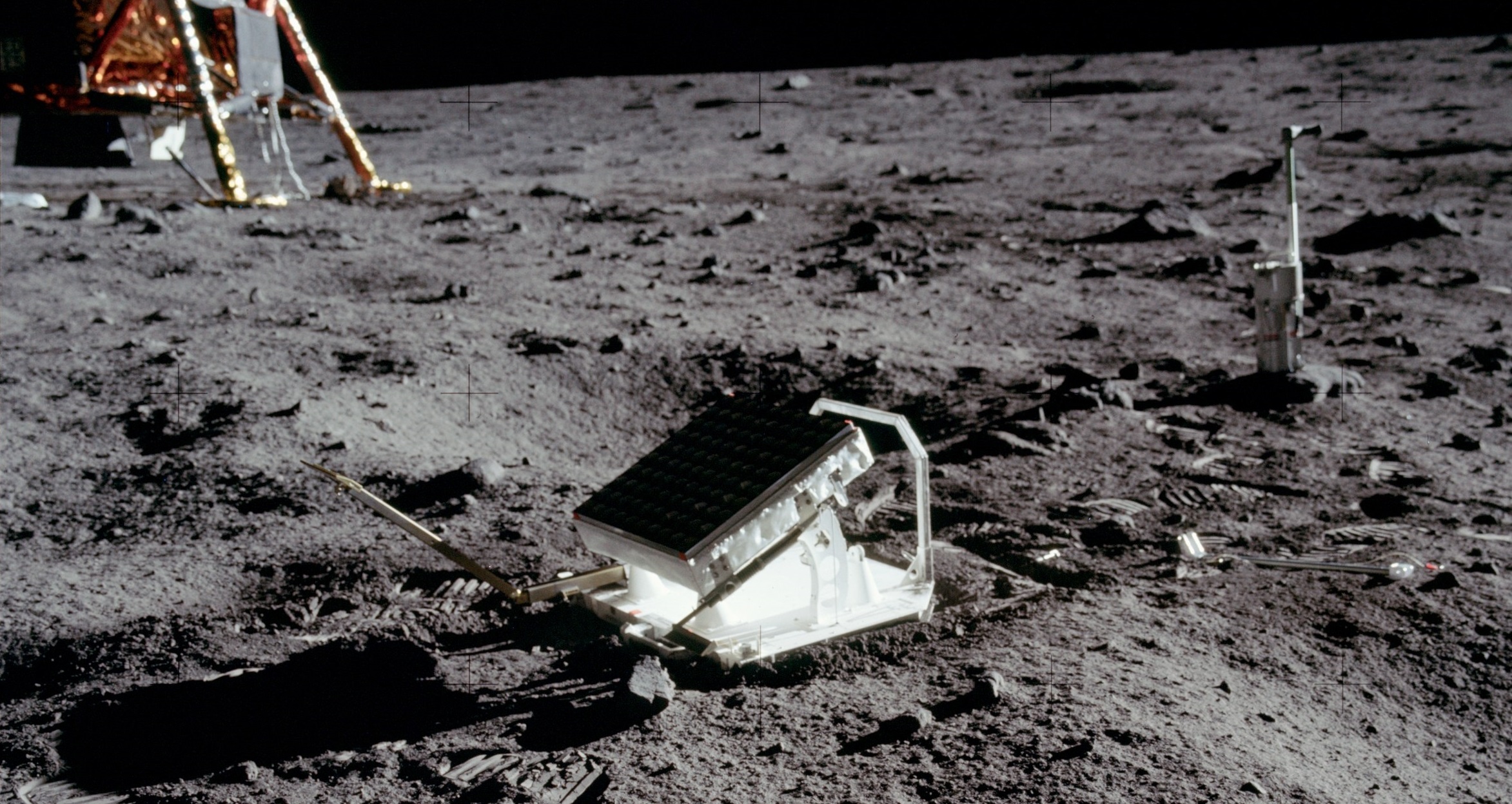
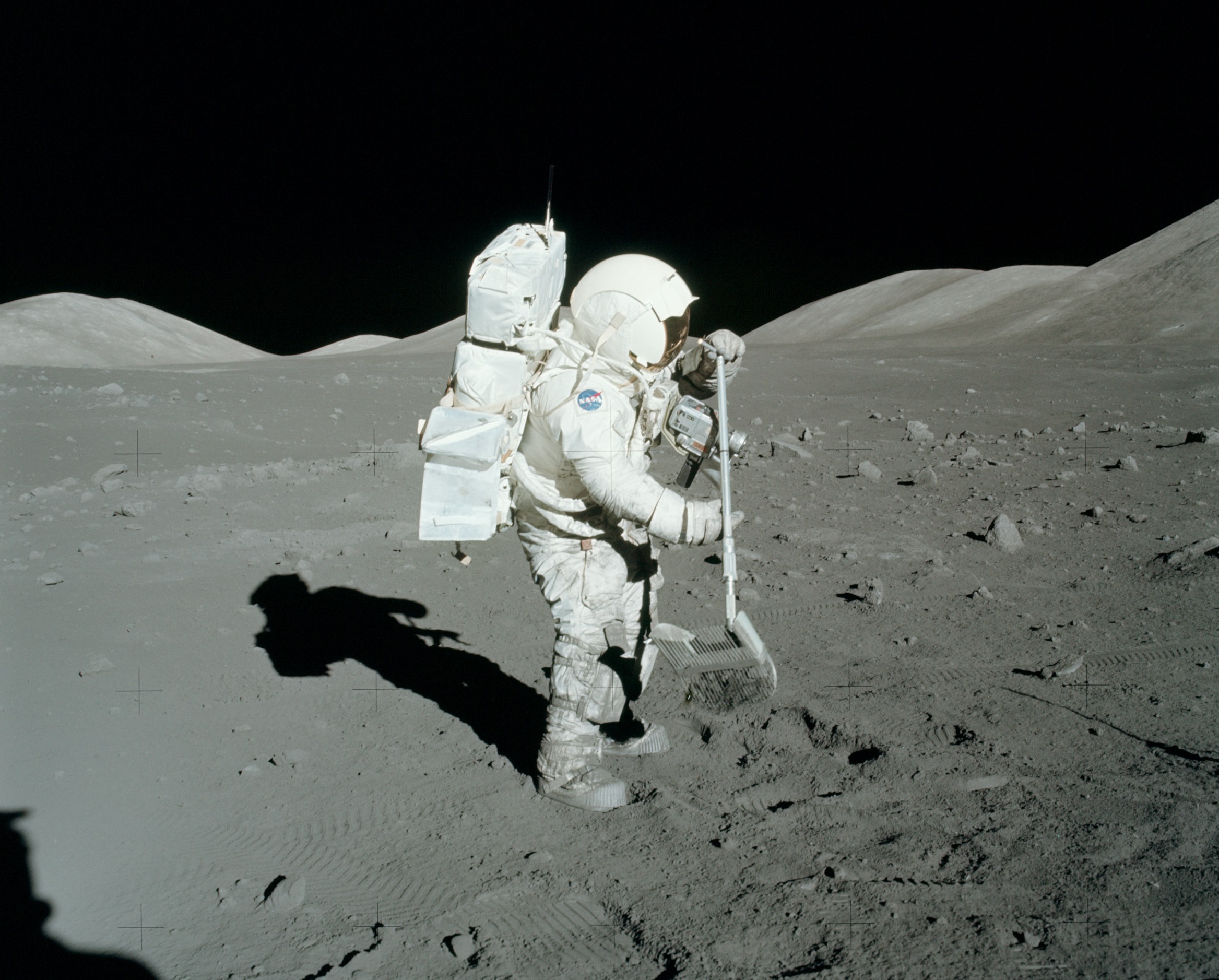
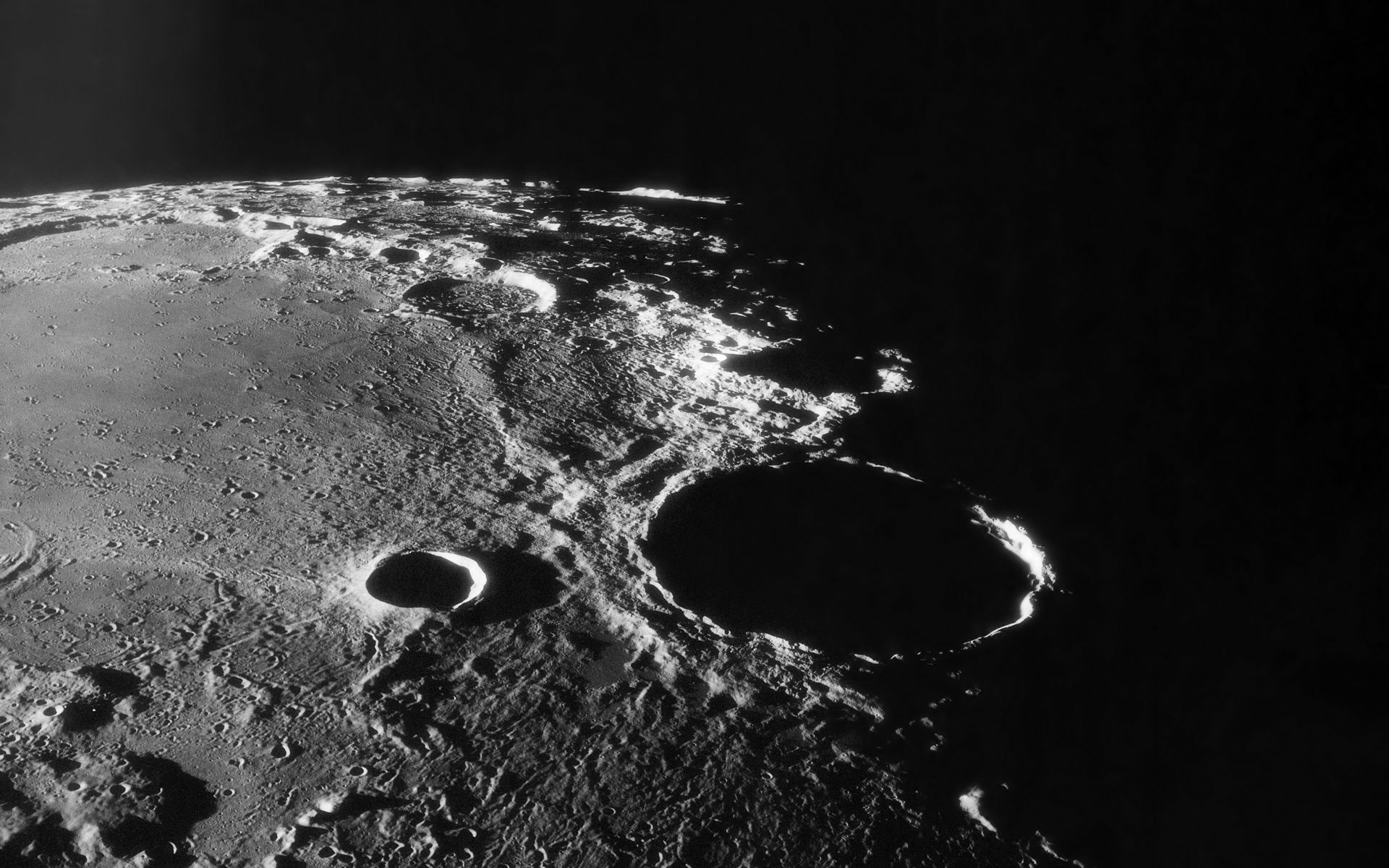

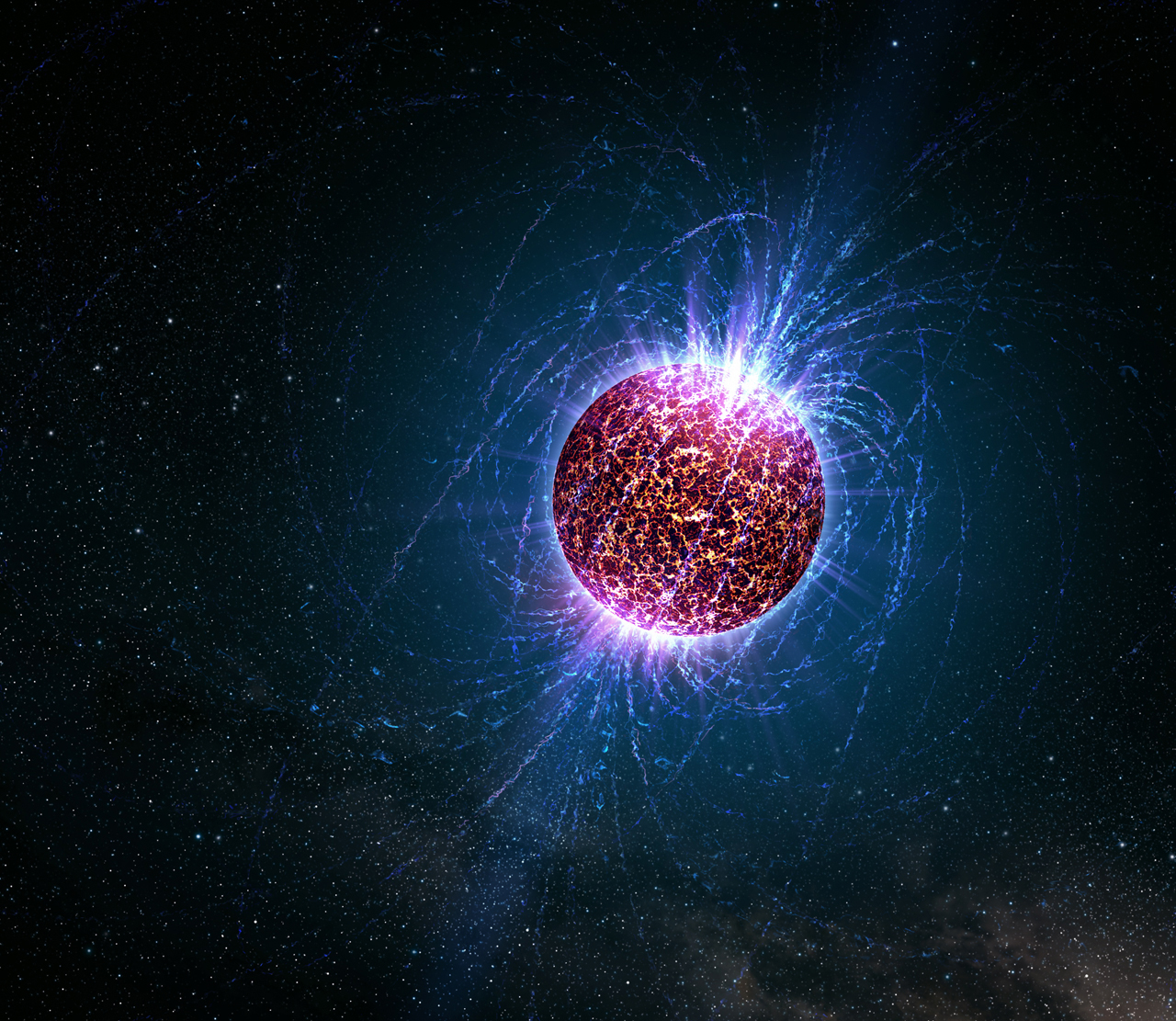
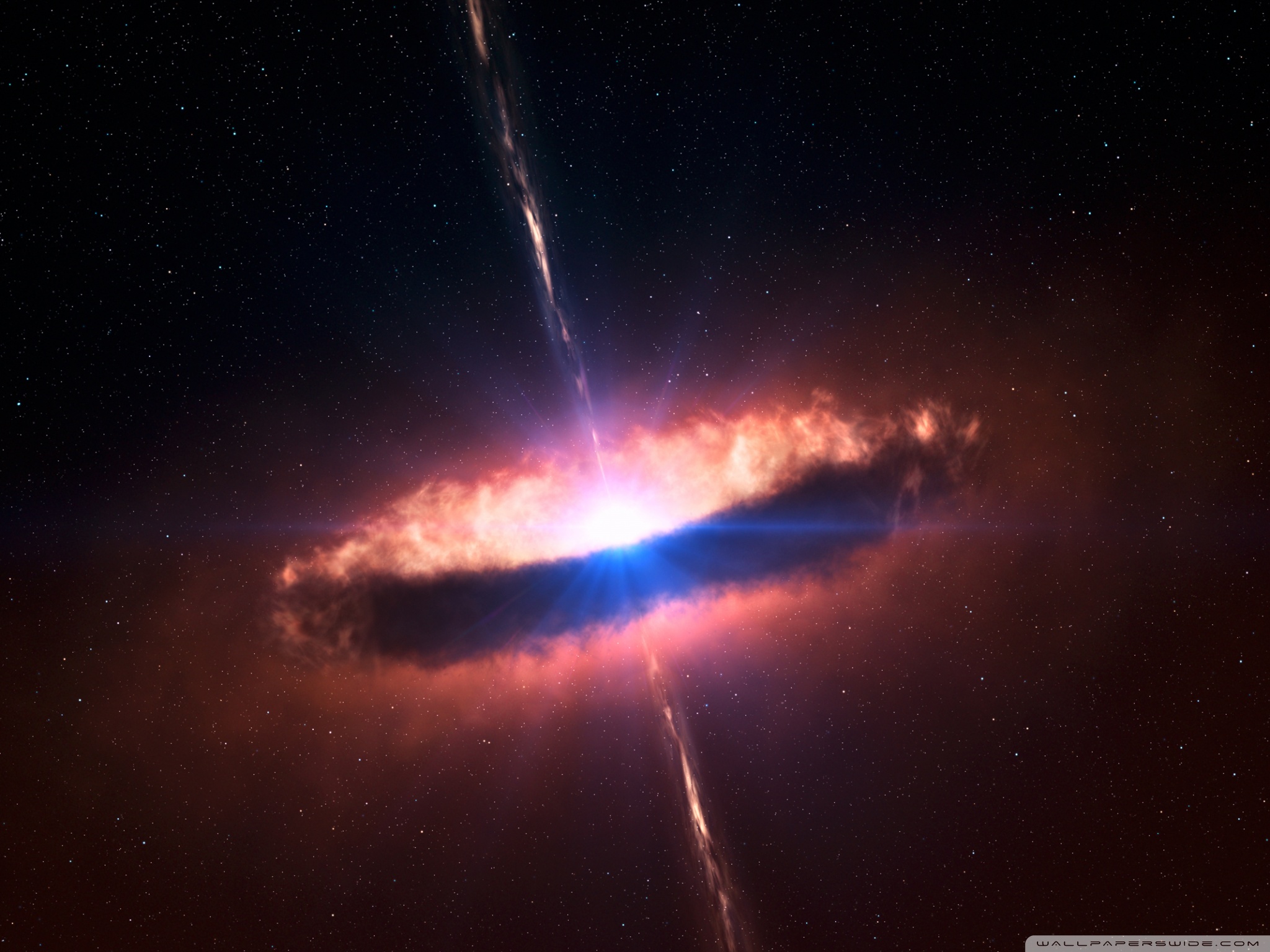

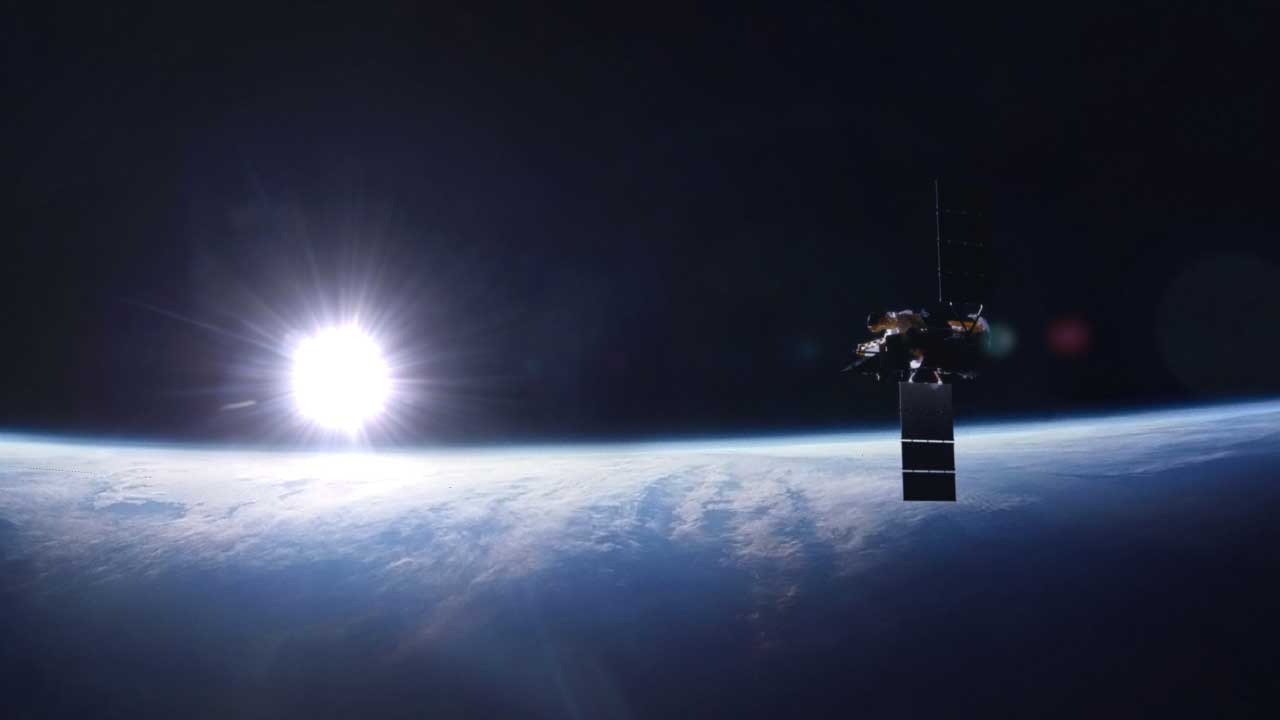
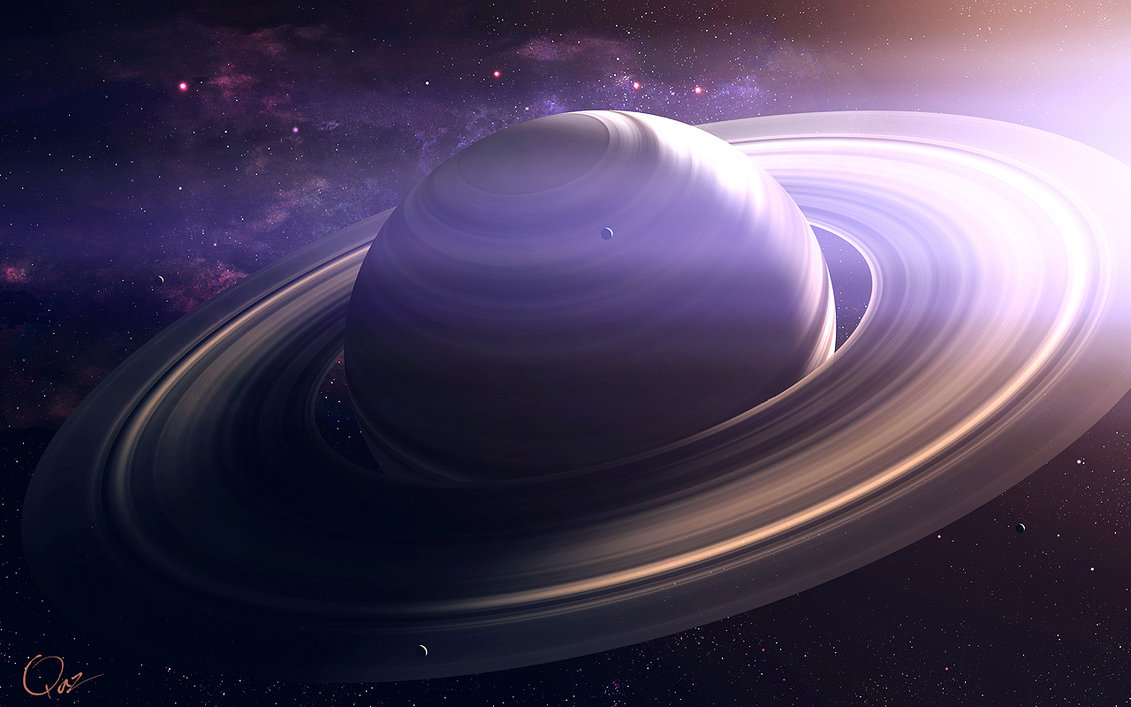
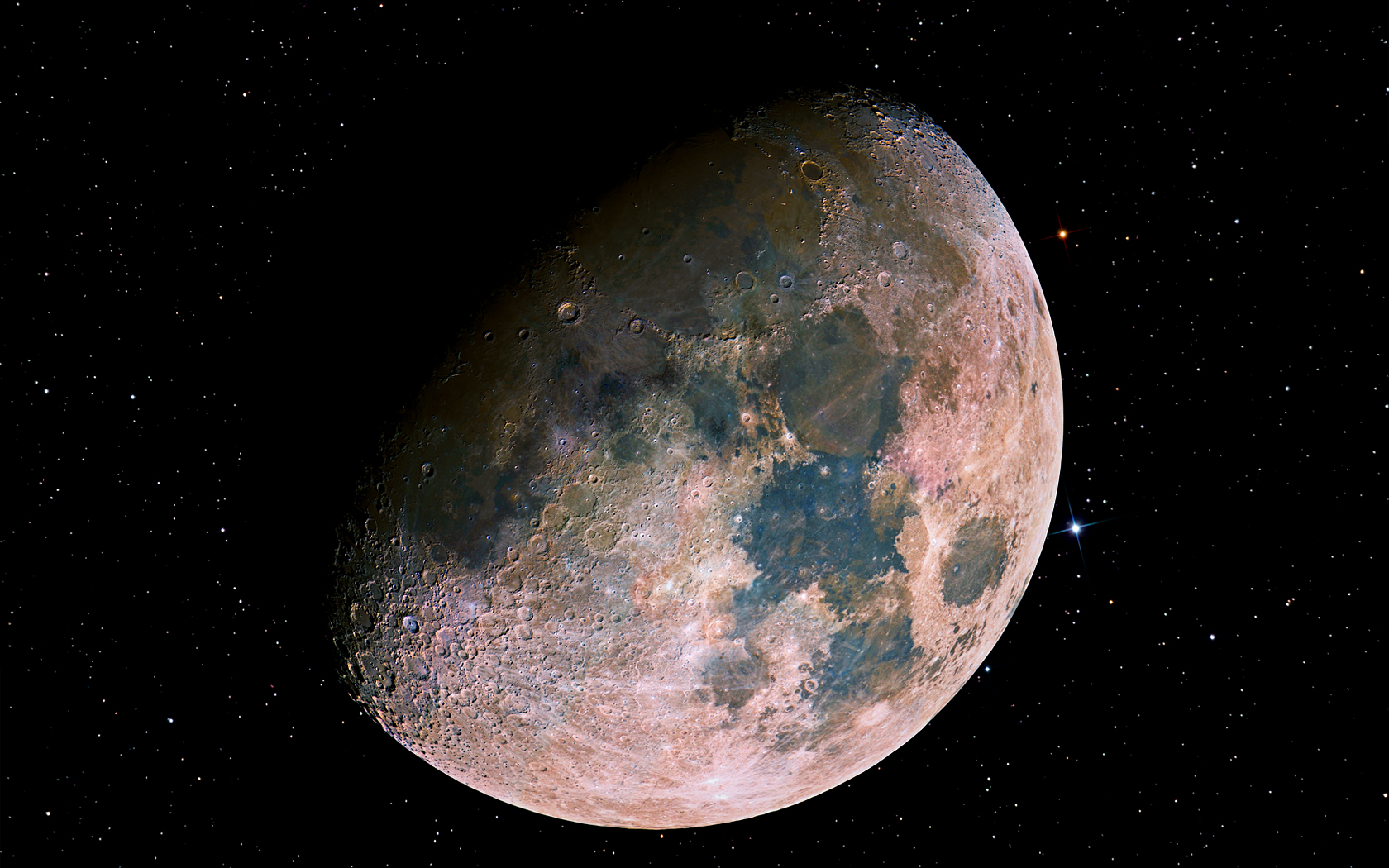
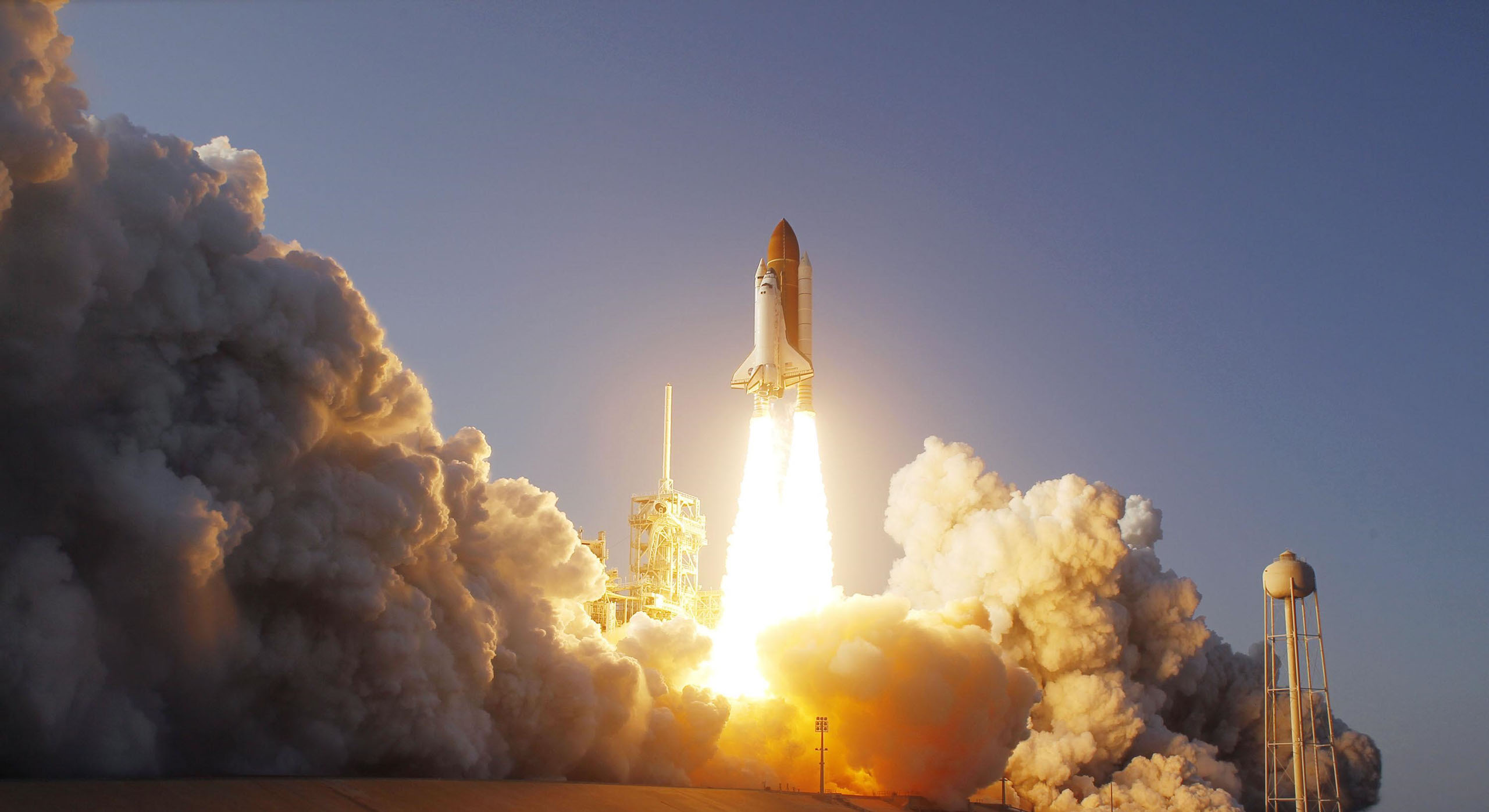
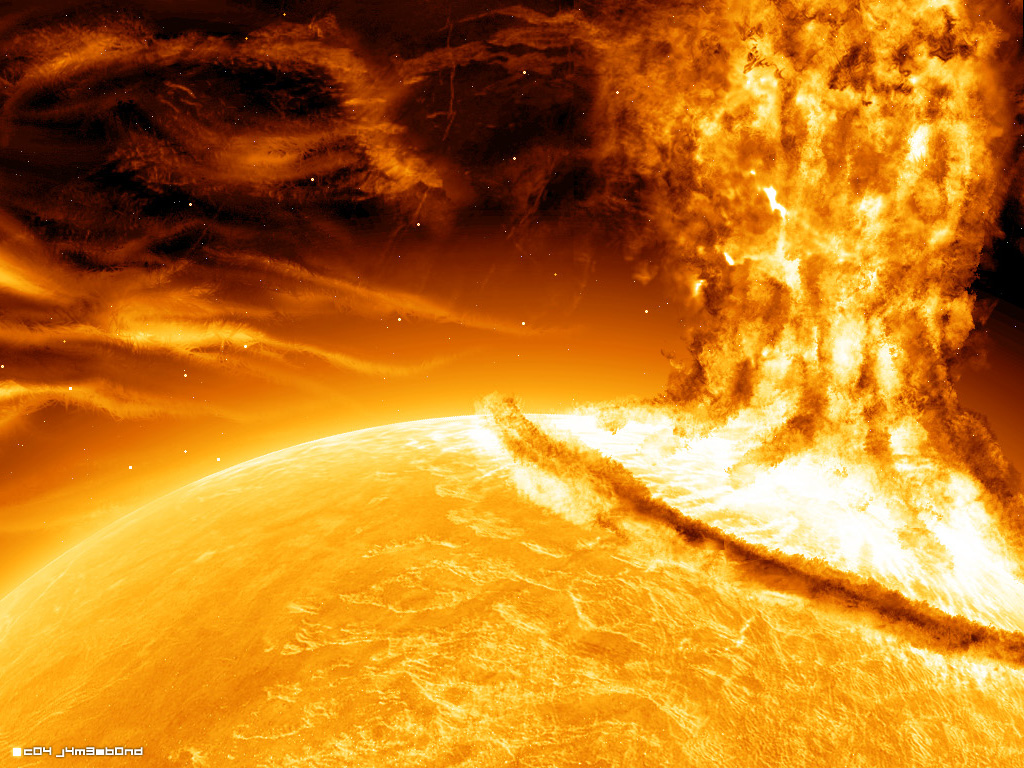
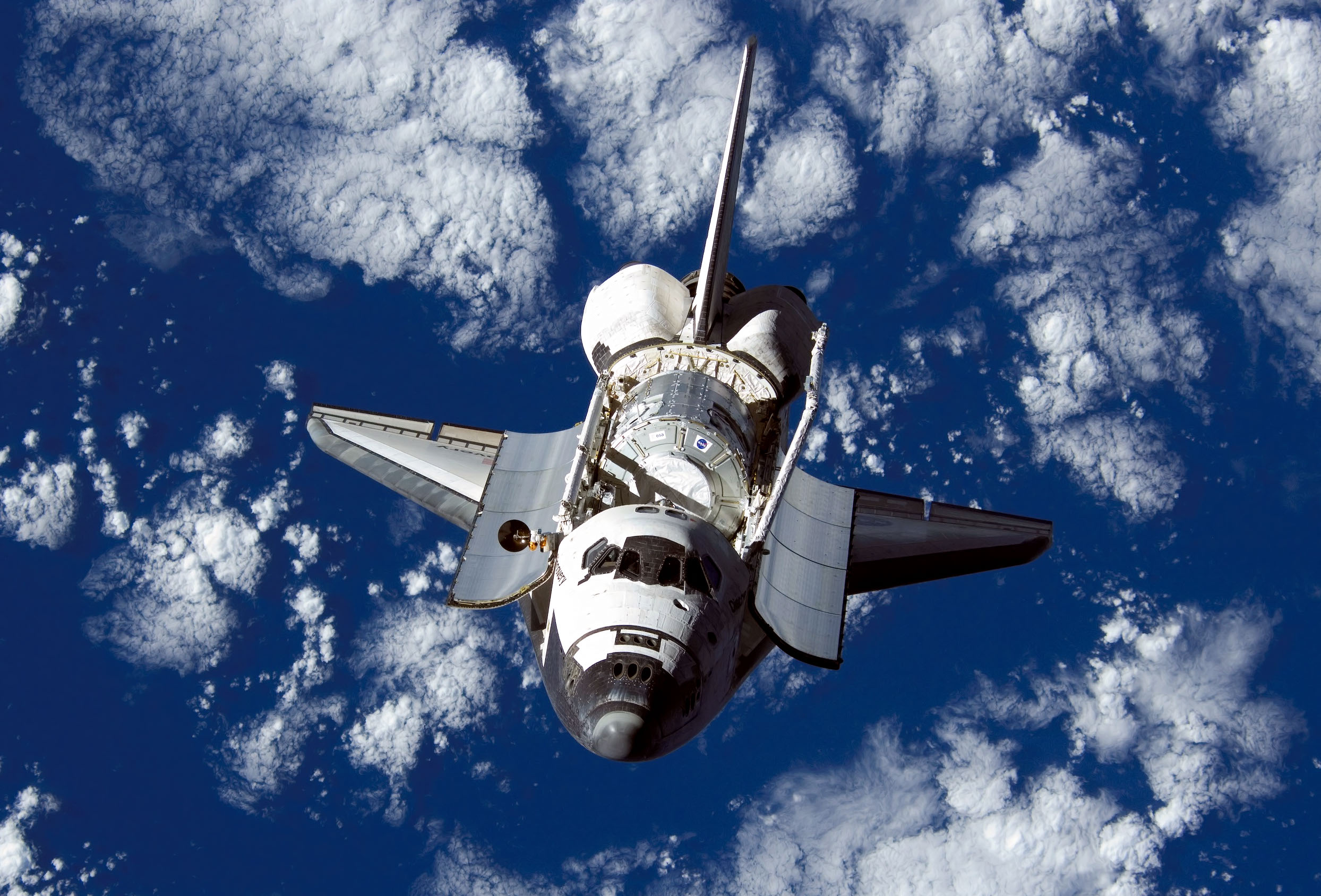
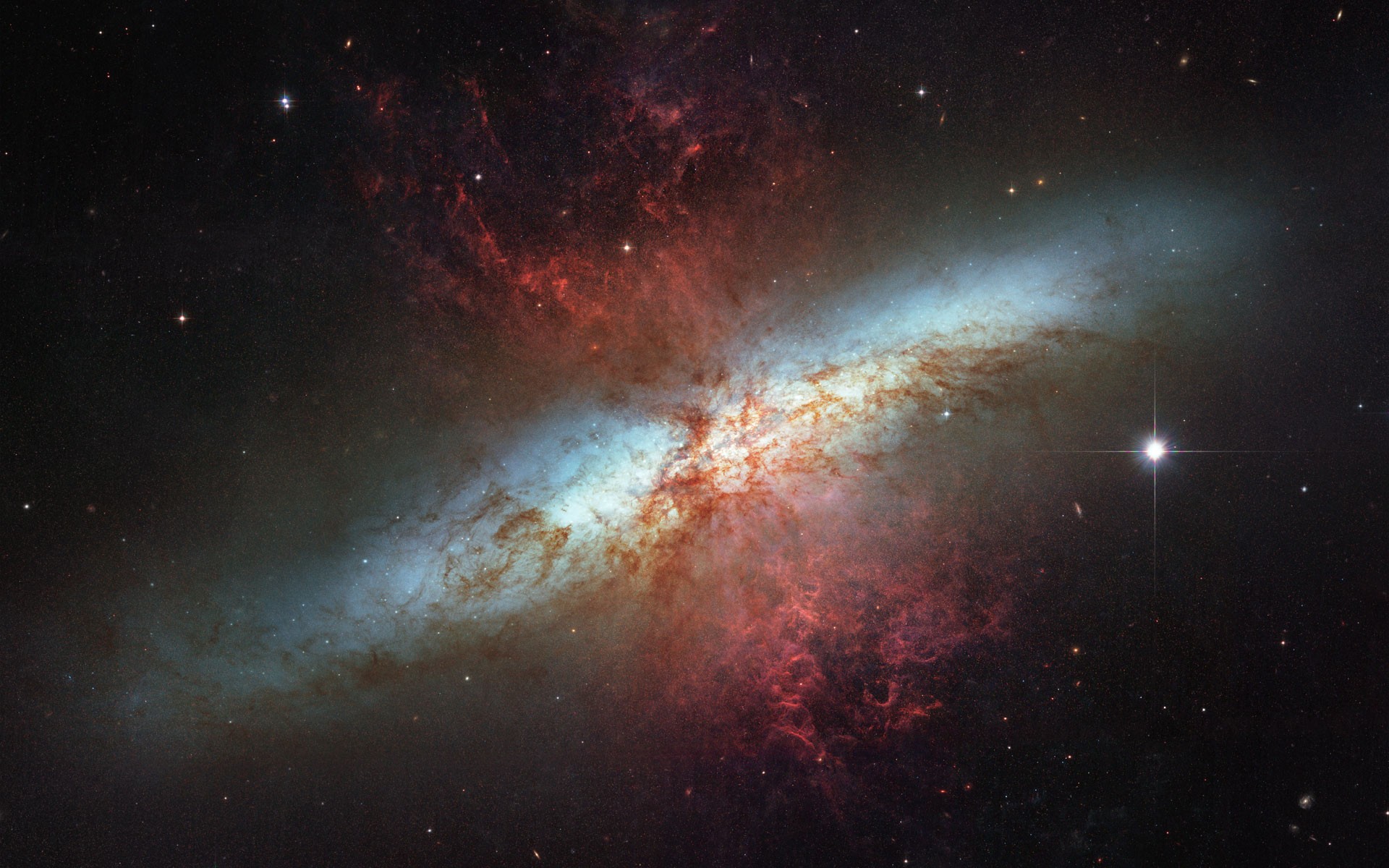
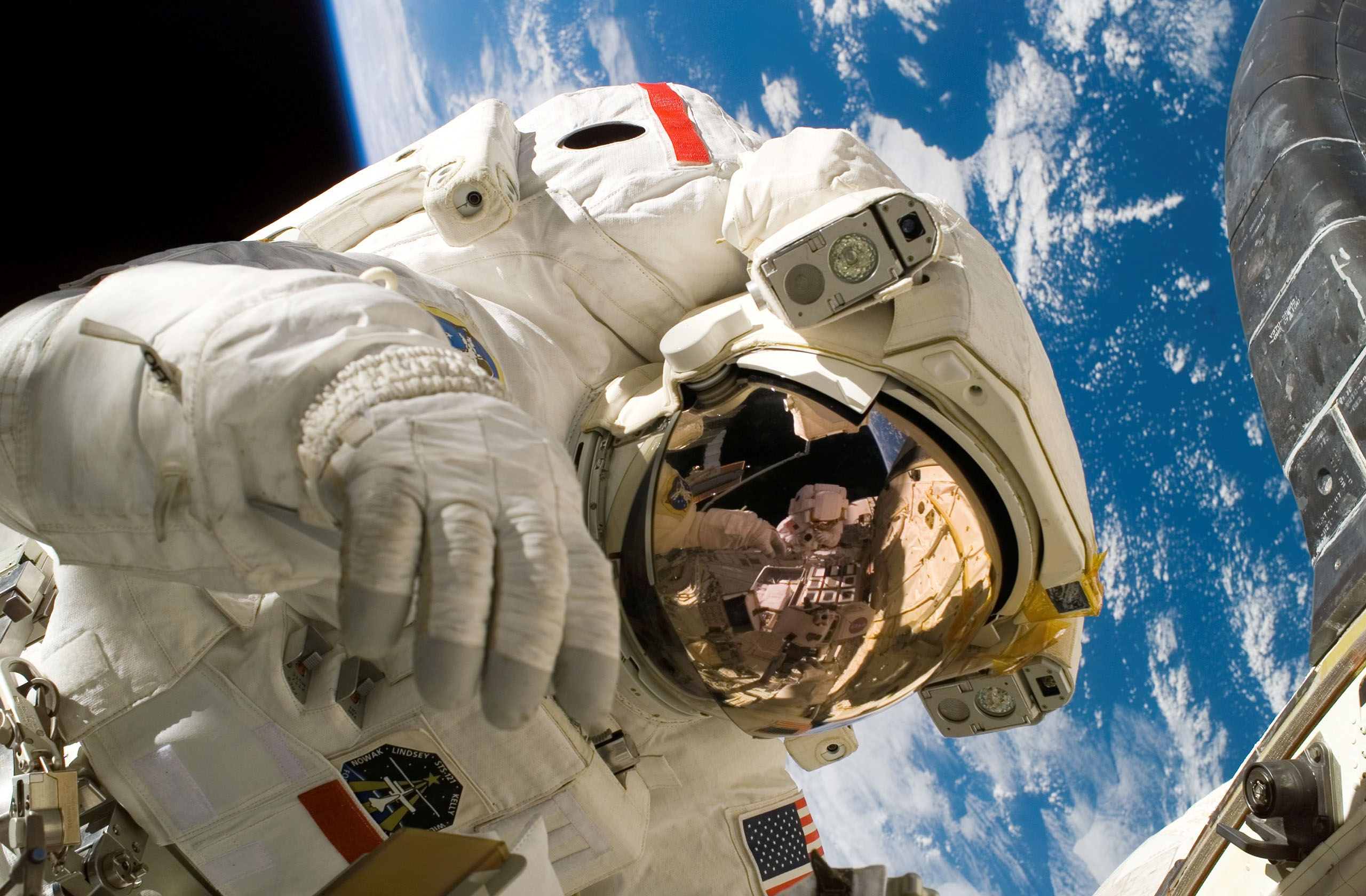
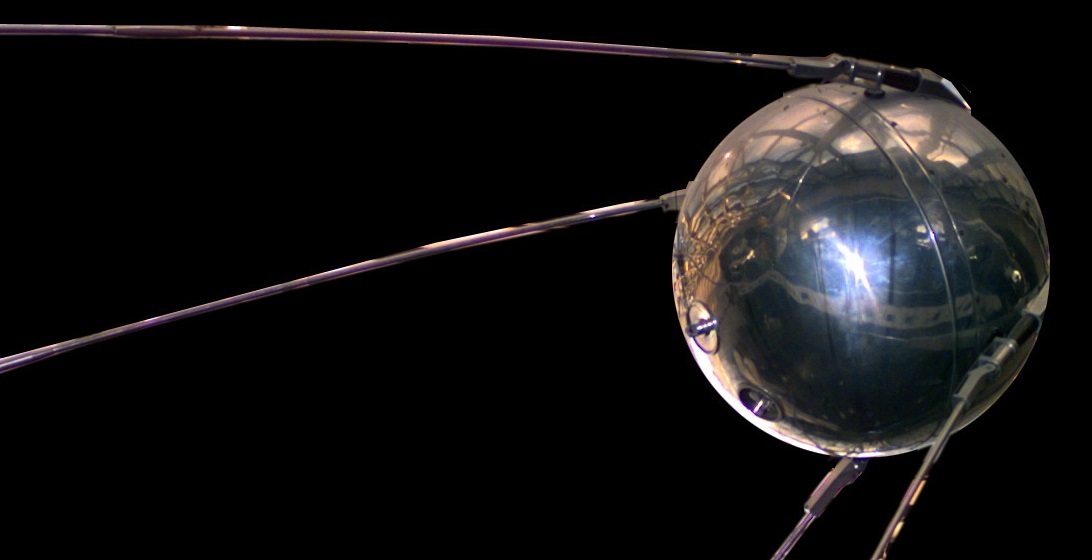
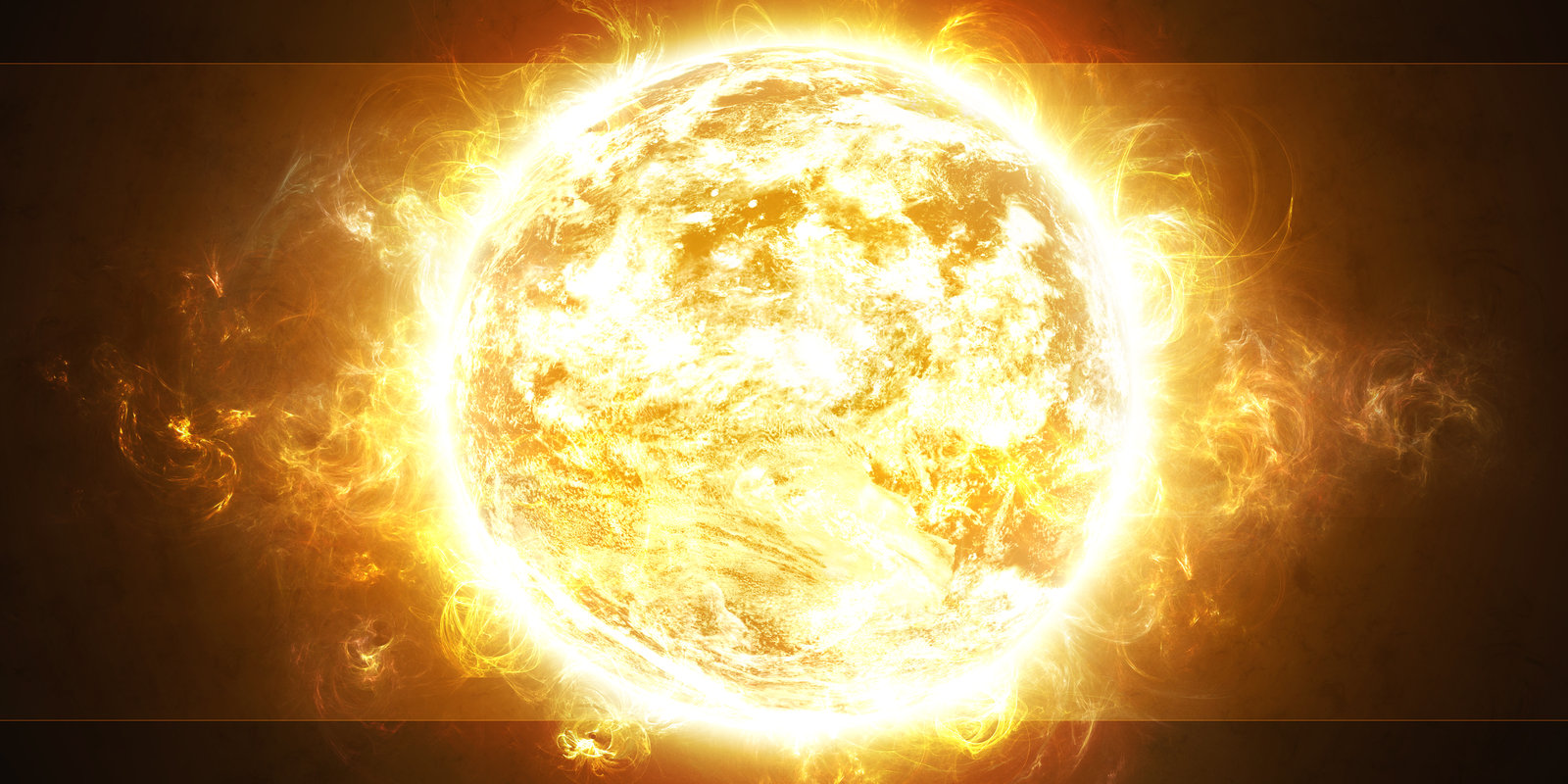
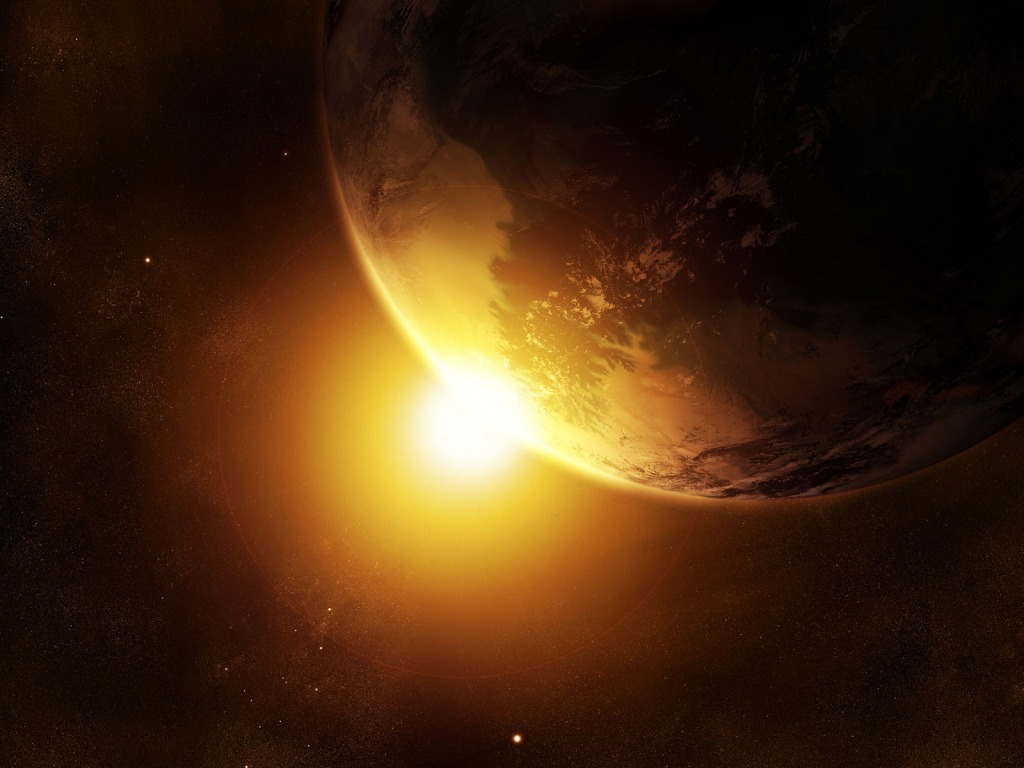
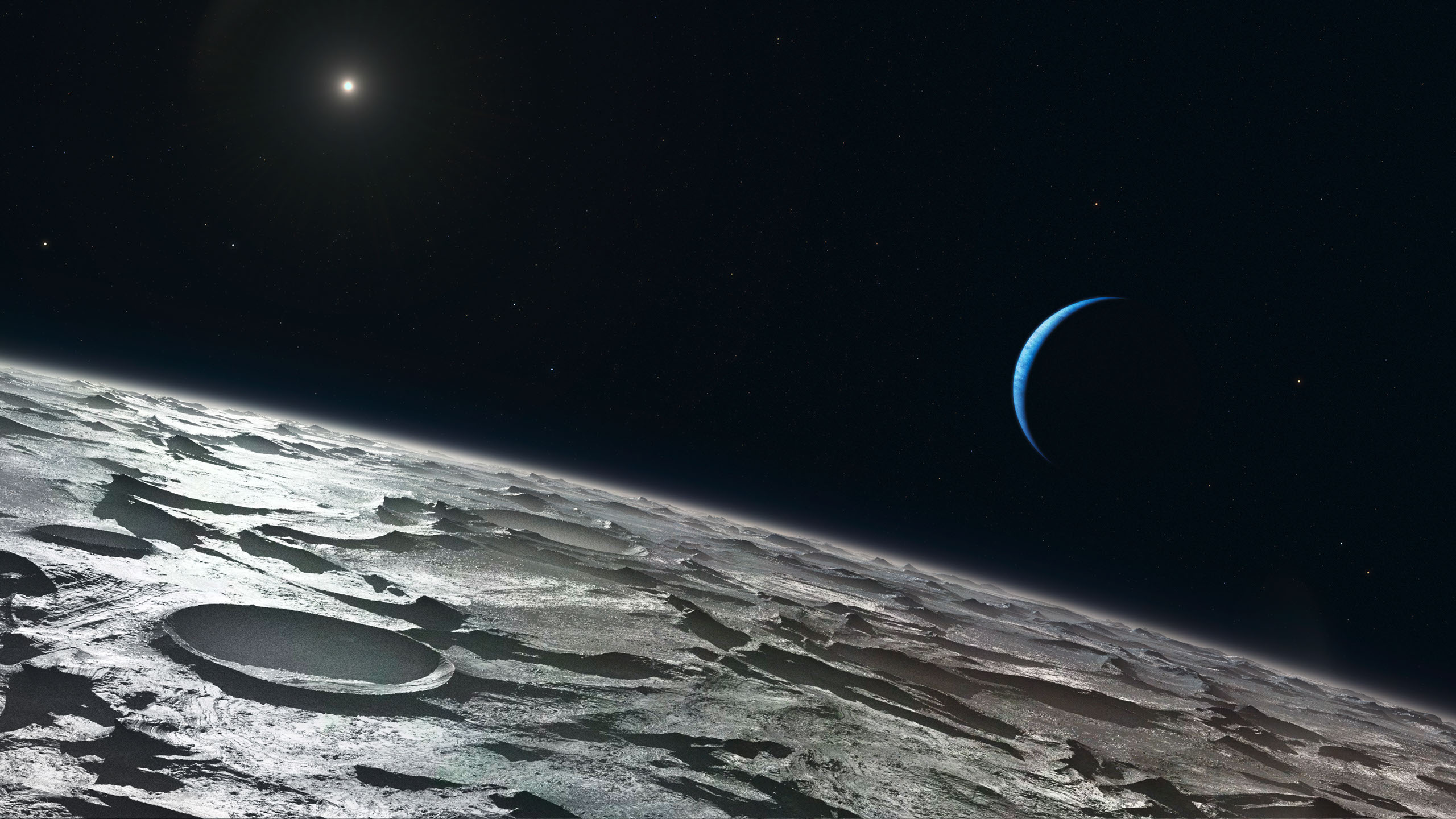
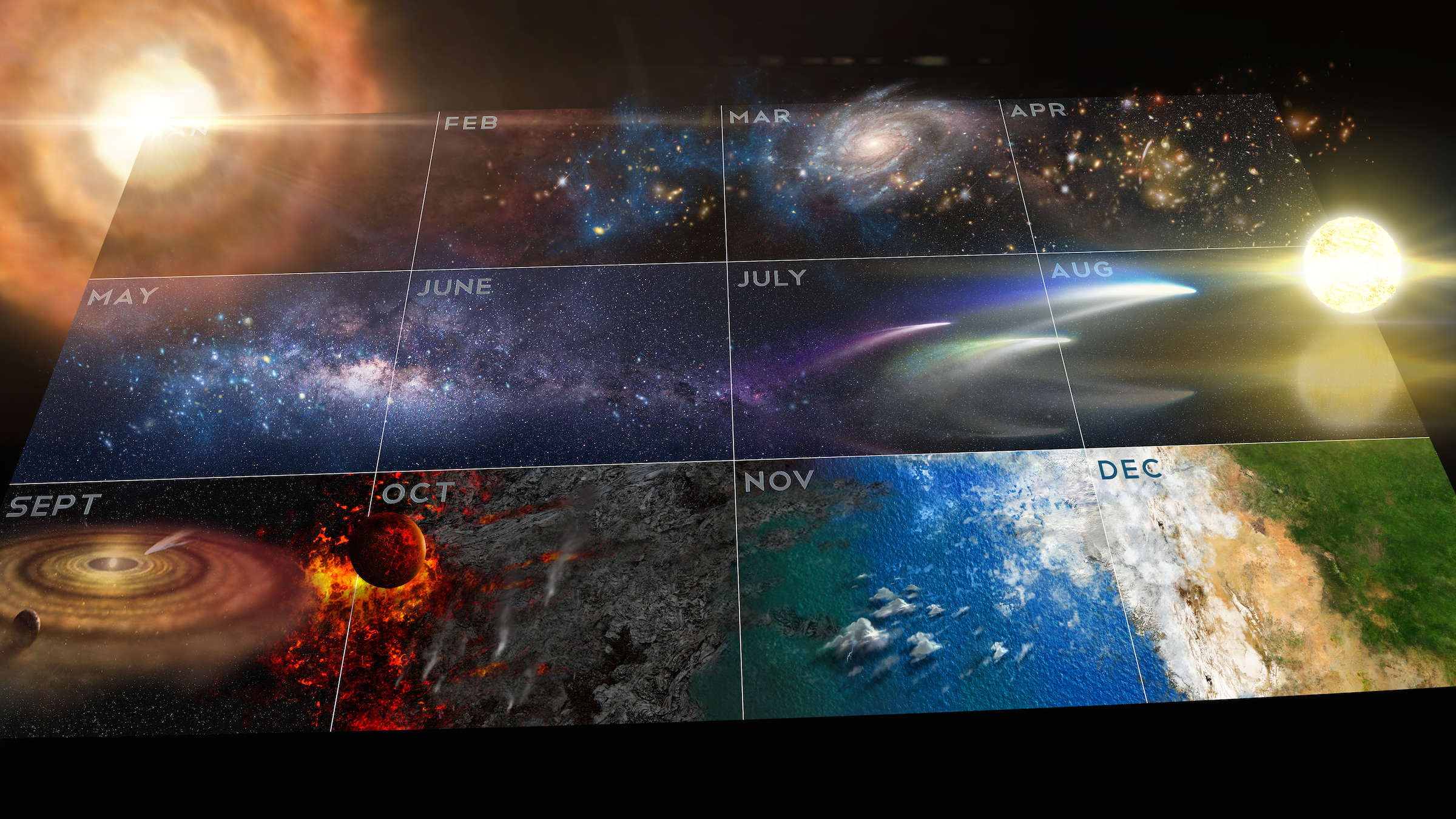
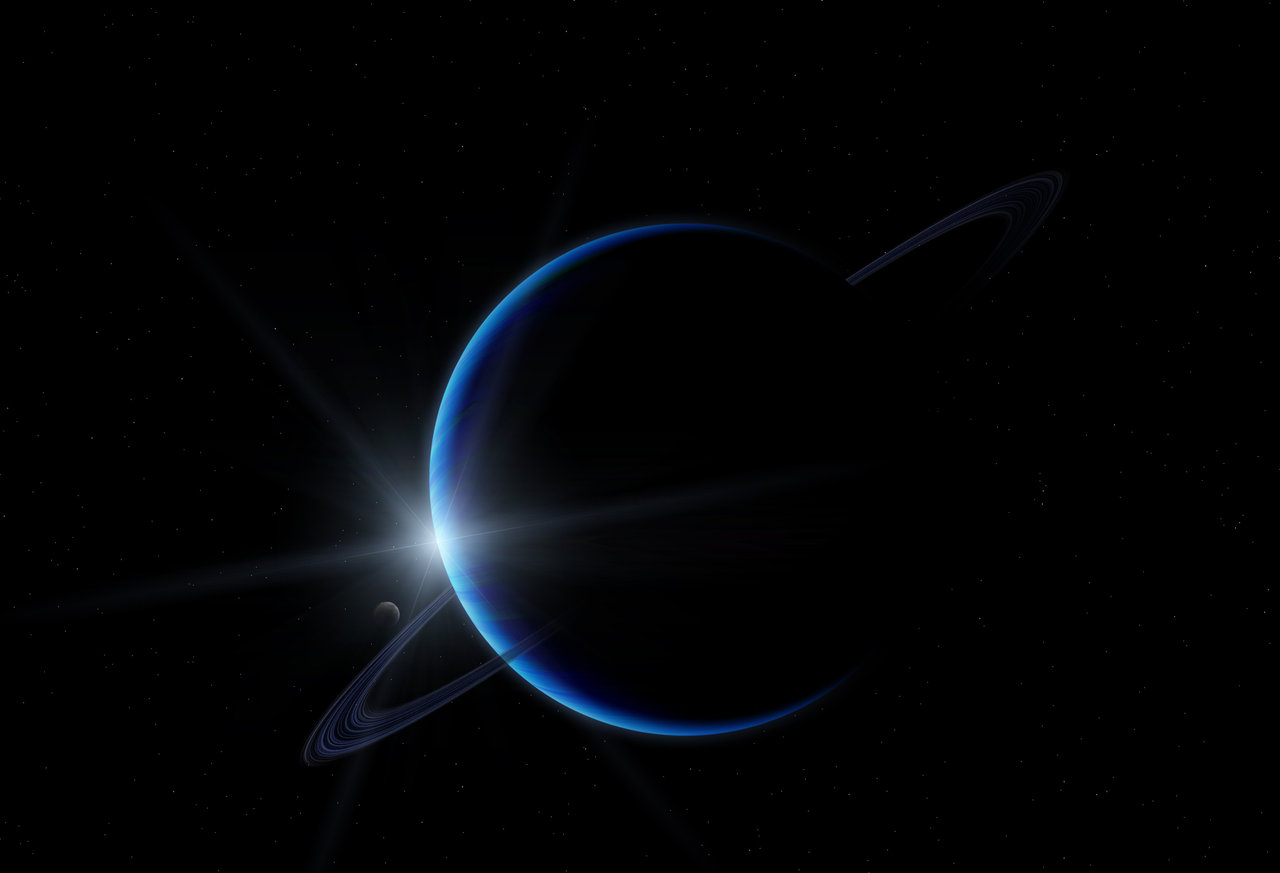
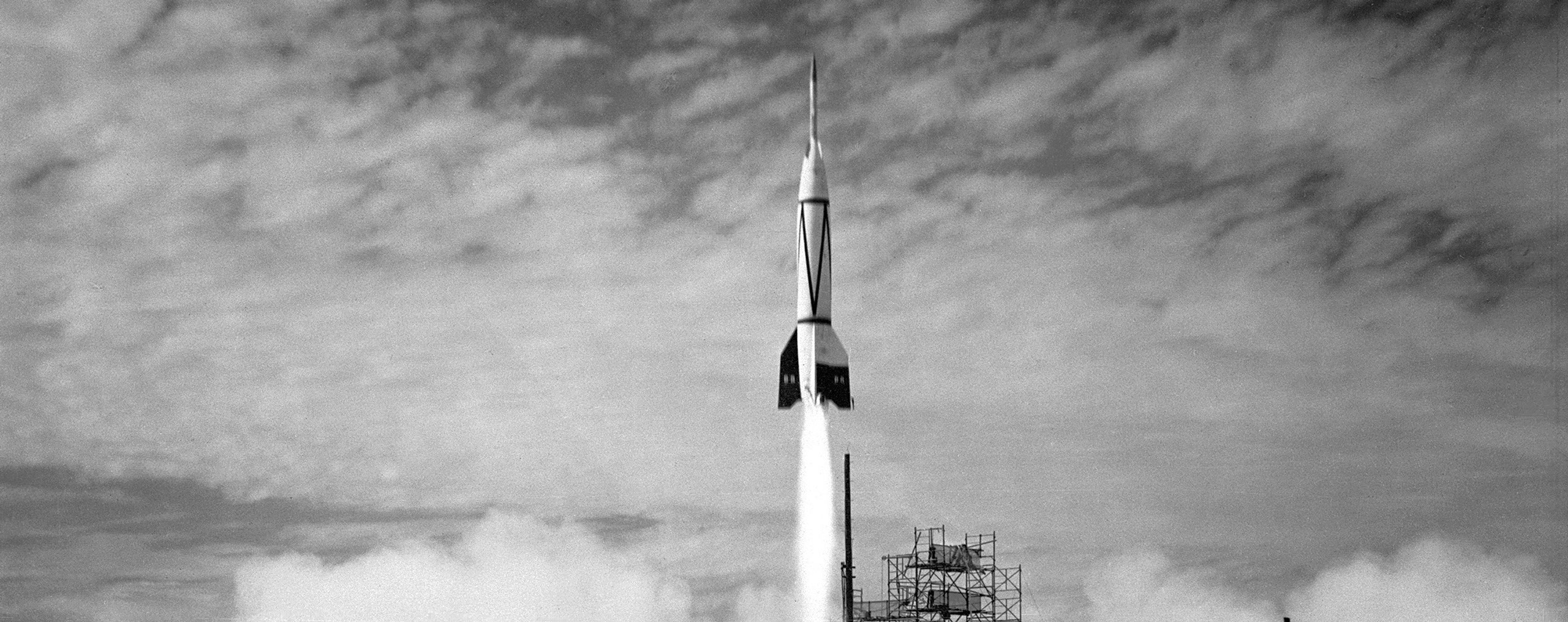
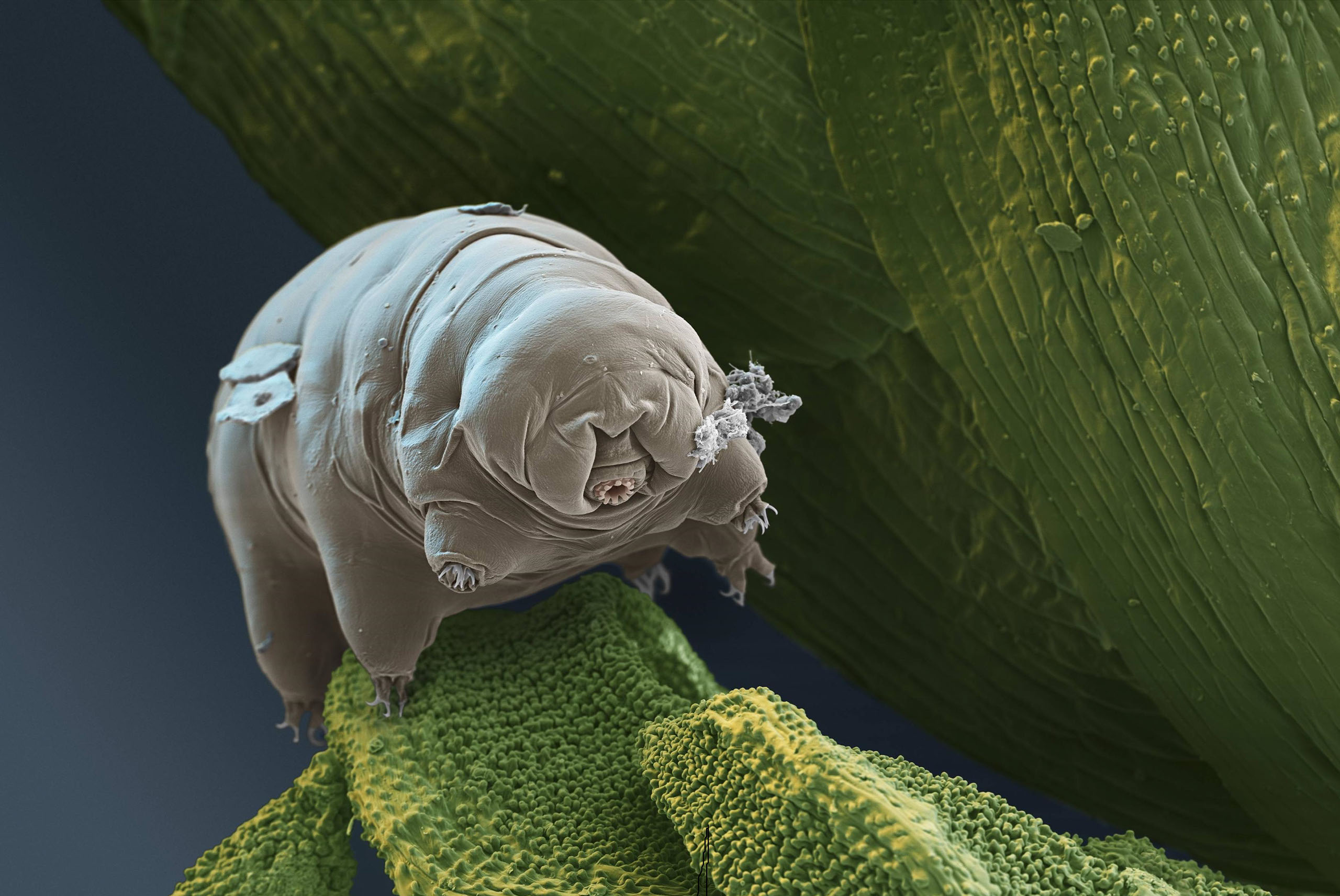
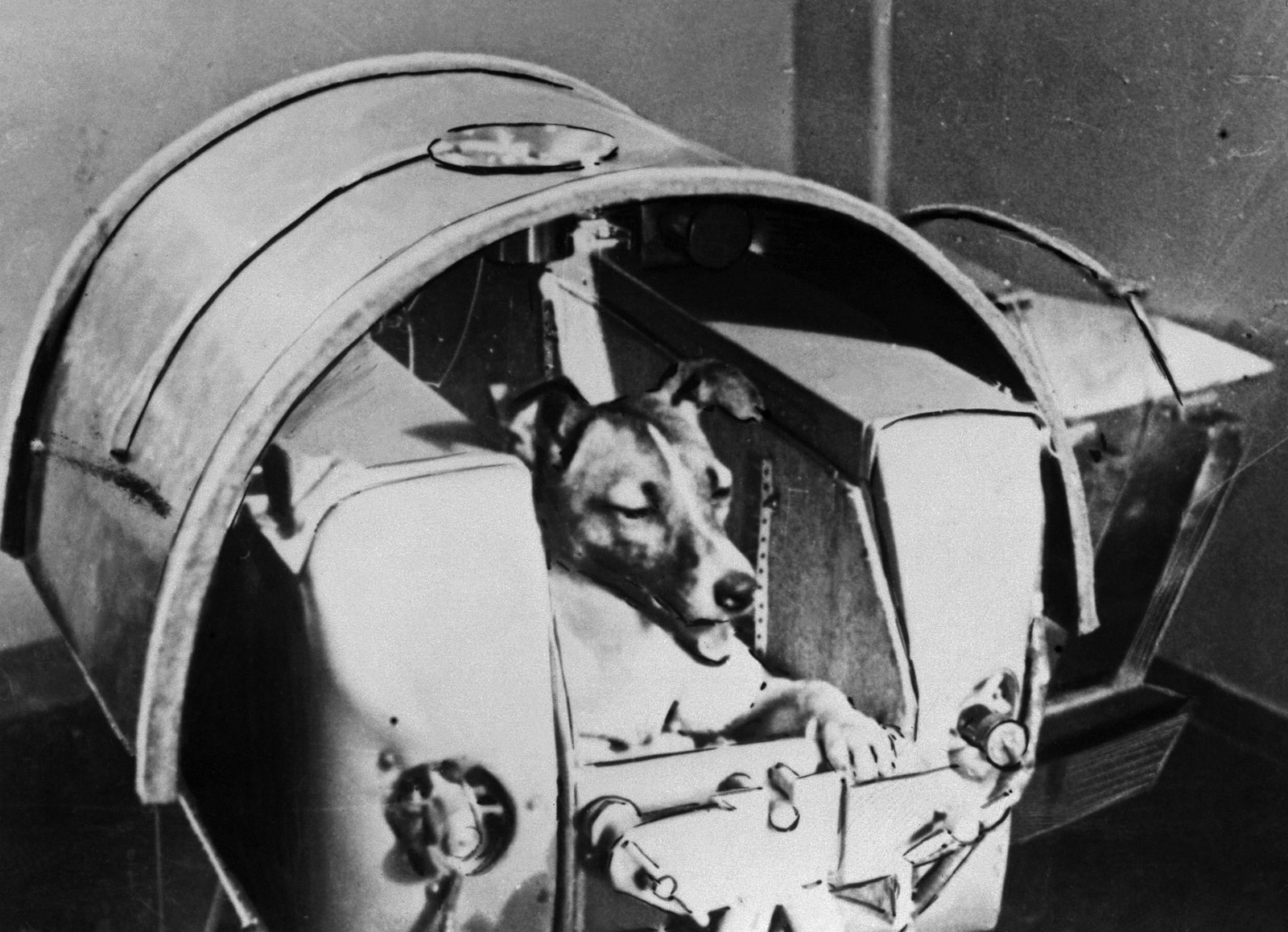
Asteroids
Some larger asteroids have moons. Most asteroids in our solar system lie between Mars and Jupiter, this orbital path is known as the asteroid belt
Earth's Atmosphere
Earth's atmosphere was formed about 5 billion years ago, where the atmosphere was developed from the vapor and gases released from the planets interior usually by volcano's
Earth's Orbit
Earth, our home planet is rotating around the sun a a velocity of 18 miles/s which converts to 64,800 mph (104,285 km/h)
Sound
Space is completely silent due to having no atmosphere in space, as there is no medium for sound waves to travel though
International Space Station Cost
The ISS (International Space Station) cost approximately 150 billion USD
International Space Station Orbital Height
The ISS (International Space Station) orbits at a height of about 430 km (267 miles) above earths surface
International Space Station Orbital Speed
The ISS (International Space Station) orbits the Earth with a speed of 4.560 miles/sec (7.34 km/s) this translates to 16,416 mph and 26,424 km/h. The ISS must stay at these speeds or the space station will reenter earths atmosphere due to not having enough angular velocity
Traveling Equal to the Speed of Light
Traveling equal to the speed of light would cause you to perceive your surrounds as if time stopped
Satellites Orbit
Most satellites are put into a low orbit is from 180 km to 2,000 km (111 mi to 1,243 mi). A mid Earth orbit would be from 2,000 km to 35,780 km (1,243 mi to 22,233 mi). A high Earth and geosynchronous orbit would be anything greater than 35,780 km (22,233 mi)
Magnetic Field
Planets have a magnetic field due to liquid iron at the planets core. As the planet rotates the liquid core also spins which generates an electric current that creates a magnetic field
Mars Surface
The red surface color of Mars is due to the oxidized (rusted) iron the surface soil
Milky Way Galaxy Size
The Milky Way Galaxy is 100,000 light years across, this converts to 587,863 trillion miles
First Man on the Moon
The first human to step foot on the moon was Neil Armstrong. On July 20, 1969 at 20:18 UTC was when the first spacecraft that landed on the moon and six hours later on July 21 at 2:56 UTC when the first human walked on the moon
Earth's Moon Surface
The surface temperatures during the day can reach 253 Fahrenheit (123 Celsius), while at night the temperature dips to -387 Fahrenheit (-233 Celsius)
Moon Mirror
During the first moon landing a mirror was left on the moons surface to reflect a laser beam to earth to help measure the moon's distance from earth with high accuracy
Moon Properties
Our moons surface is covered with impact craters, and the lunar suface is composed of roughly 43% oxygen, 20% silicon, 19% magnesium, 10% iron and various other minerals
Neutron Star
A neutron star is one of the fastest spinning objects that astronomers have discovered, these stars spin at speeds of 500 revolutions a second (Earth spins once every 86400 seconds). Neutron stars are the remnants of massive stars after a supernova
Alien Pulsar
When early astronomers discovered pulsars they believed them to be signals from aliens sending a message
Satellites
There are over 1,100 active satellites as of 2014 from the government and private sector
Atmospheric Drag
Atmospheric drag is when a satellite collides with a gas pocket that can potentially decrease the satellites velocity
Saturn Winds
Saturn has winds that are ten times stronger than the most powerful hurricanes on earth. Saturn's wind speeds travel at speeds of 1100 km/h (684 mph)
Saturn's Moon
Saturn's moon, Titan has evidence of possible organic life chemicals in it's atmosphere
Discovery Shuttle
The Discovery Space Shuttle weighed 165,000 pounds empty, large red external tank weighed 78,100 pounds and the two rocket boosters weighed 185,000 pounds
Solar Flares
The sun emits solar flares 30 times larger than earth at temperatures 10 million Celsius (18 million Fahrenheit)
Discovery Shuttle
Spacecrafts such as the discovery shuttle are often equipped with double hulls to help protect astronauts from flying space debris
Milky Way Galaxy Speed
The Milky Way Galaxy we live in swirls around space a velocity of 100 million km/h (62.13 million mph)
Spacesuit
An astronaut's spacesuit costs $11 million which 70% is for the backpack and control module which help astronauts maneuver in zero gravity
First Satellite
The first satellite sent to orbit was called Sputnik 1 built by the Russian Space agency and was launched in 1957. Sputnik was about the size of a basketball and weighing 184 pounds
Our Sun
Our sun is classified as a dwarf star and is currently 5 billion years old with a lifespan of 10 billion years before turning into a red giant Our sun is so enormous compared to Earth that 1.3 million Earths could fit in our Sun
Speed of Light
It takes approximately 8 minutes and 20 seconds for the suns energy to reach earth
Coldest Surface
Triton, Neptune's moon has the coldest surface in our solar system with a surface temperature of -236 Celsius (-393 Fahrenheit)
Infinite Universe
Our universe is approximately 13.84 billion years old according to scientist and research
Uranus's Seasons
Uranus's orbital path around the sun allows for a 20 year summer where the sun does not set followed by a 20 year long winter of complete darkness
First Rocket
The first rocket launched into space was launched by Germany in 1942, it was called the V2 missile
Water Bear
Tardigrade or commonly known as the Water Bear are the first and only living creature that can survive the extreme space environment
First Living Creature Sent to Space
The first living creature sent to space was a dog named Laika aboard Sputnik 2 in 1957. Unfortunately Laika ran out of oxygen and died
<
>
Image - Black Hole
© 2014 All Rights Reserved | Robert Miller | Terms of Service | Suggestions/Feedback
Theories
About
Site Information
What is Space
Image - Red Star
Image - White Star
Discover - Black Hole
Discover - Star
Live Video Feeds